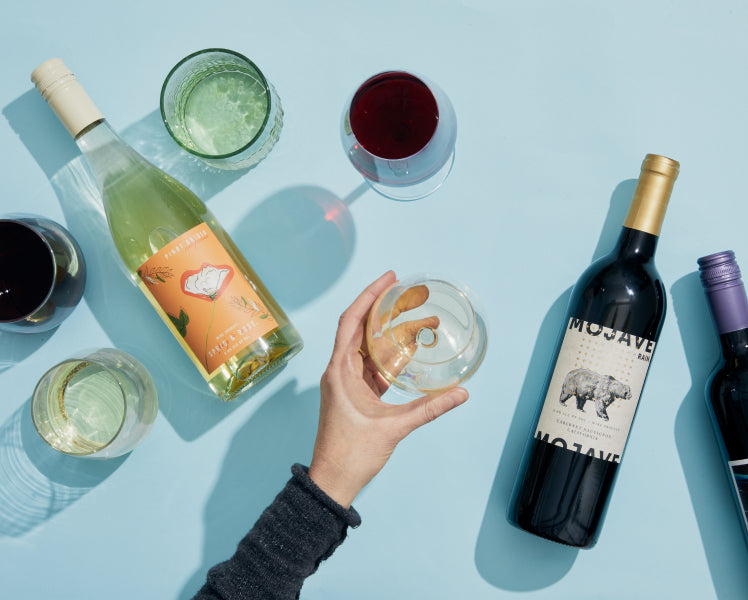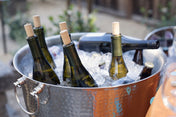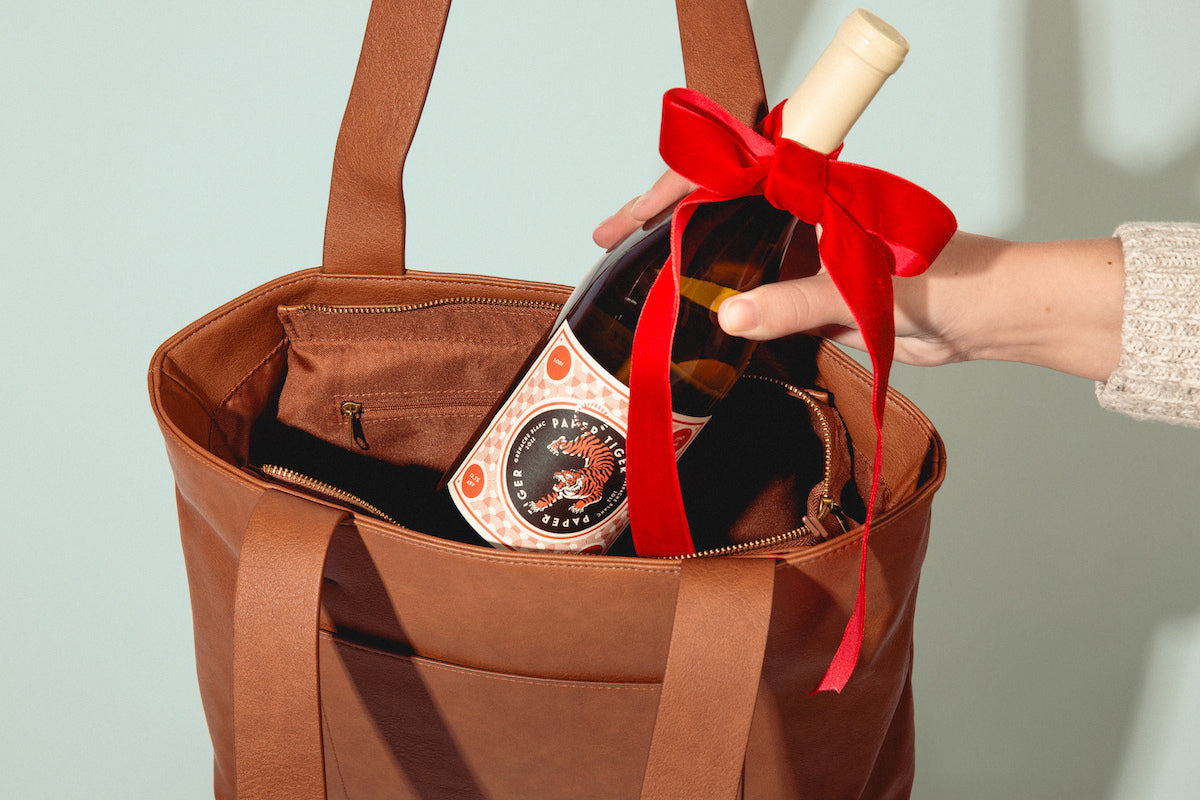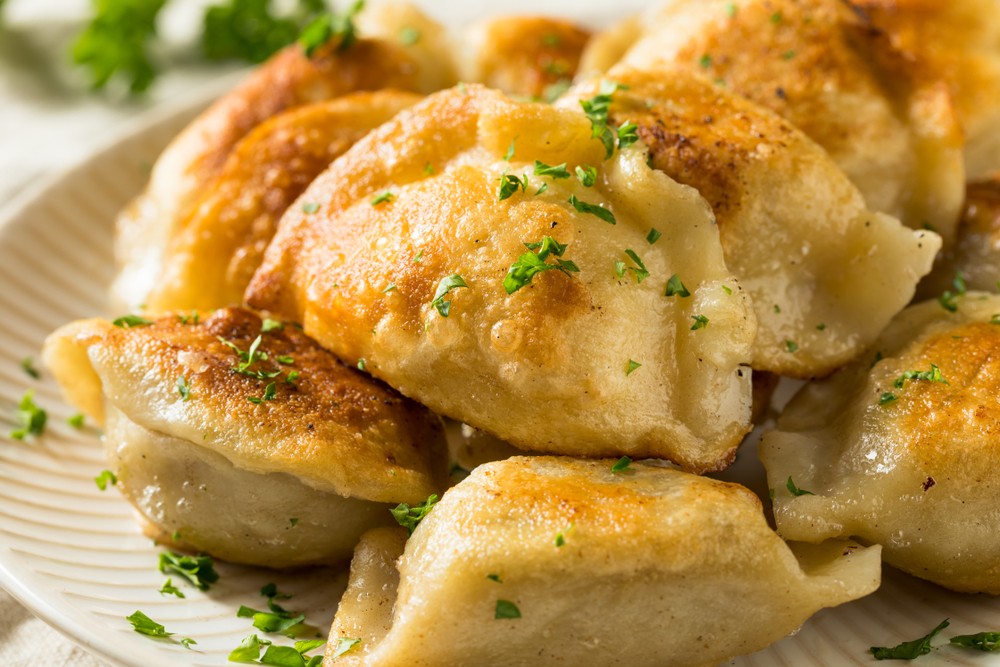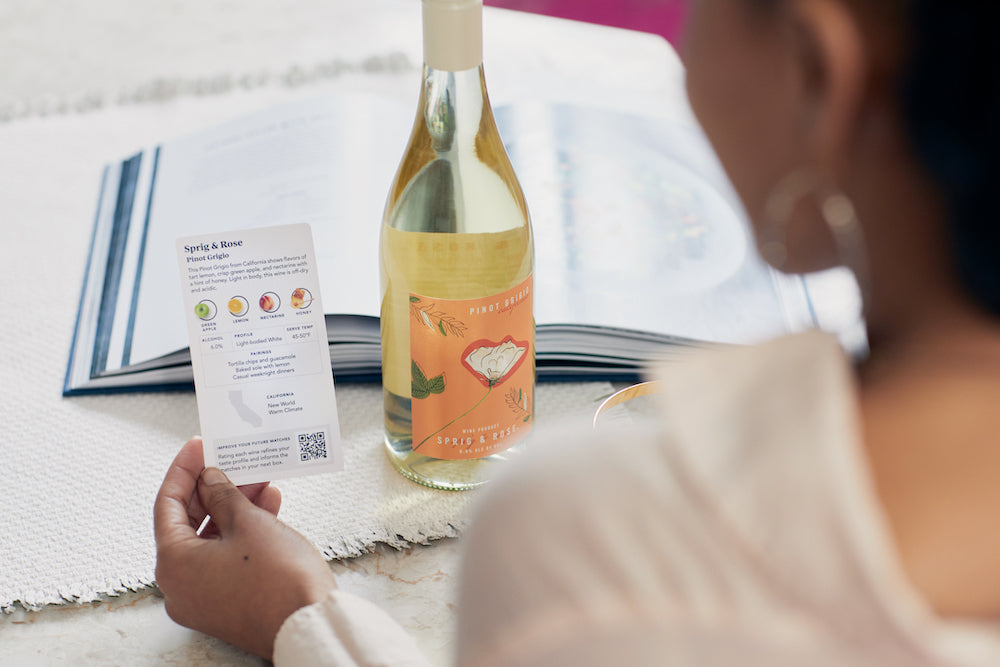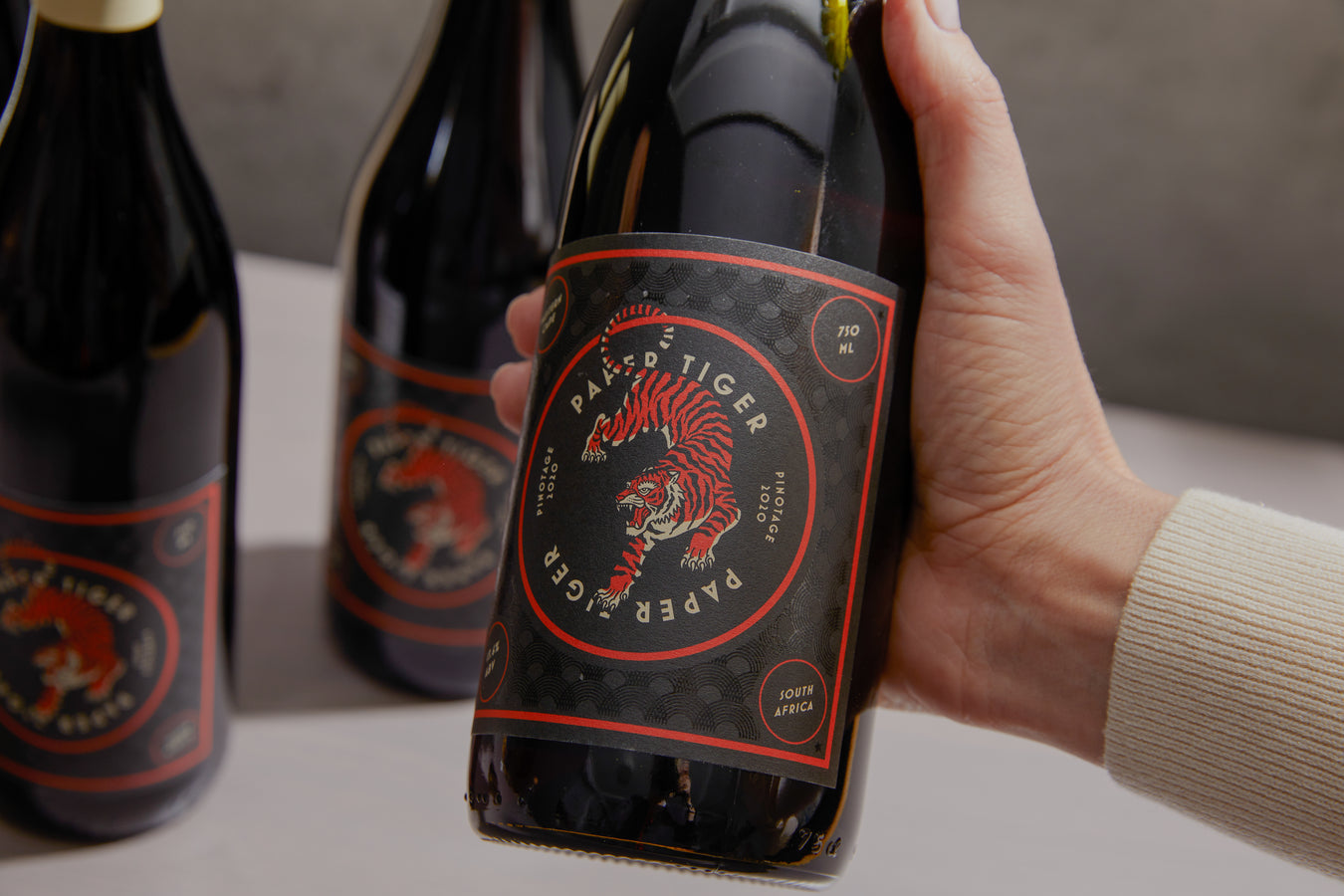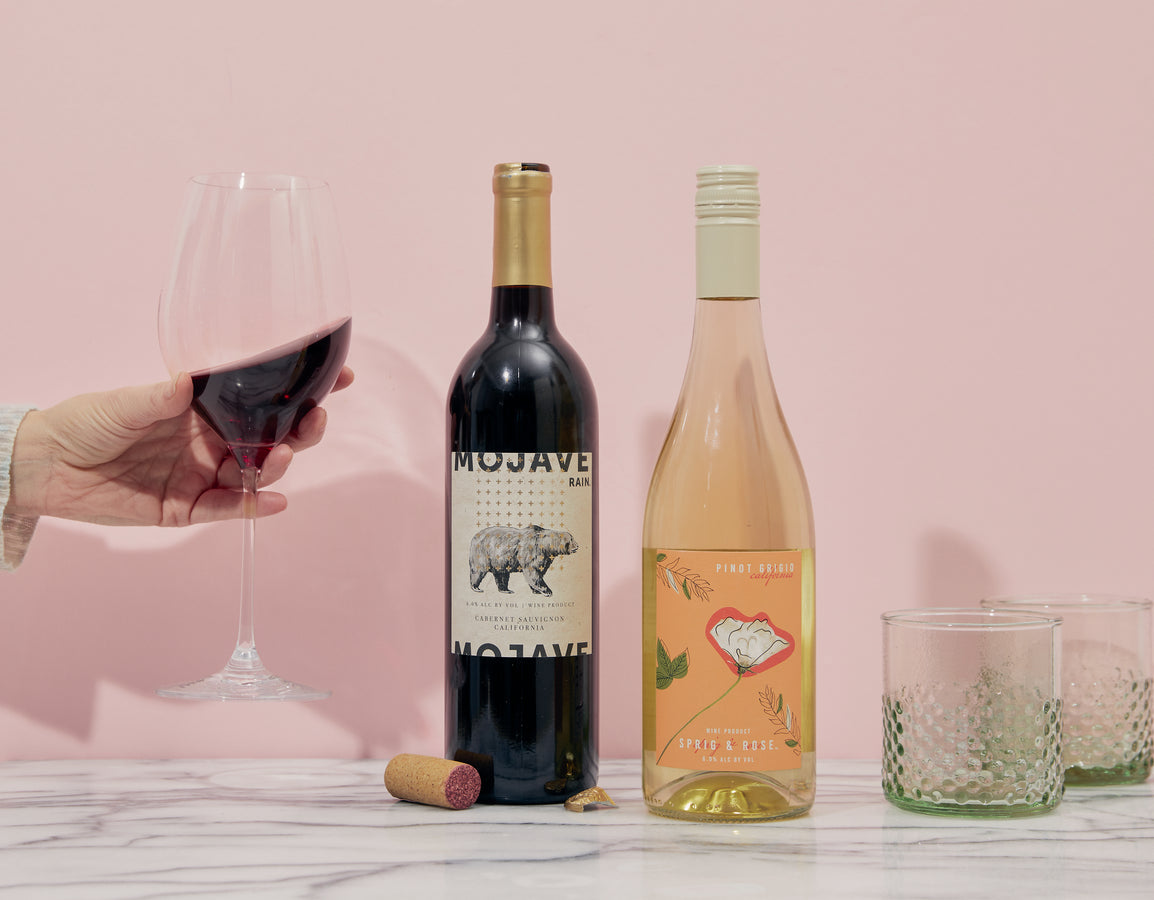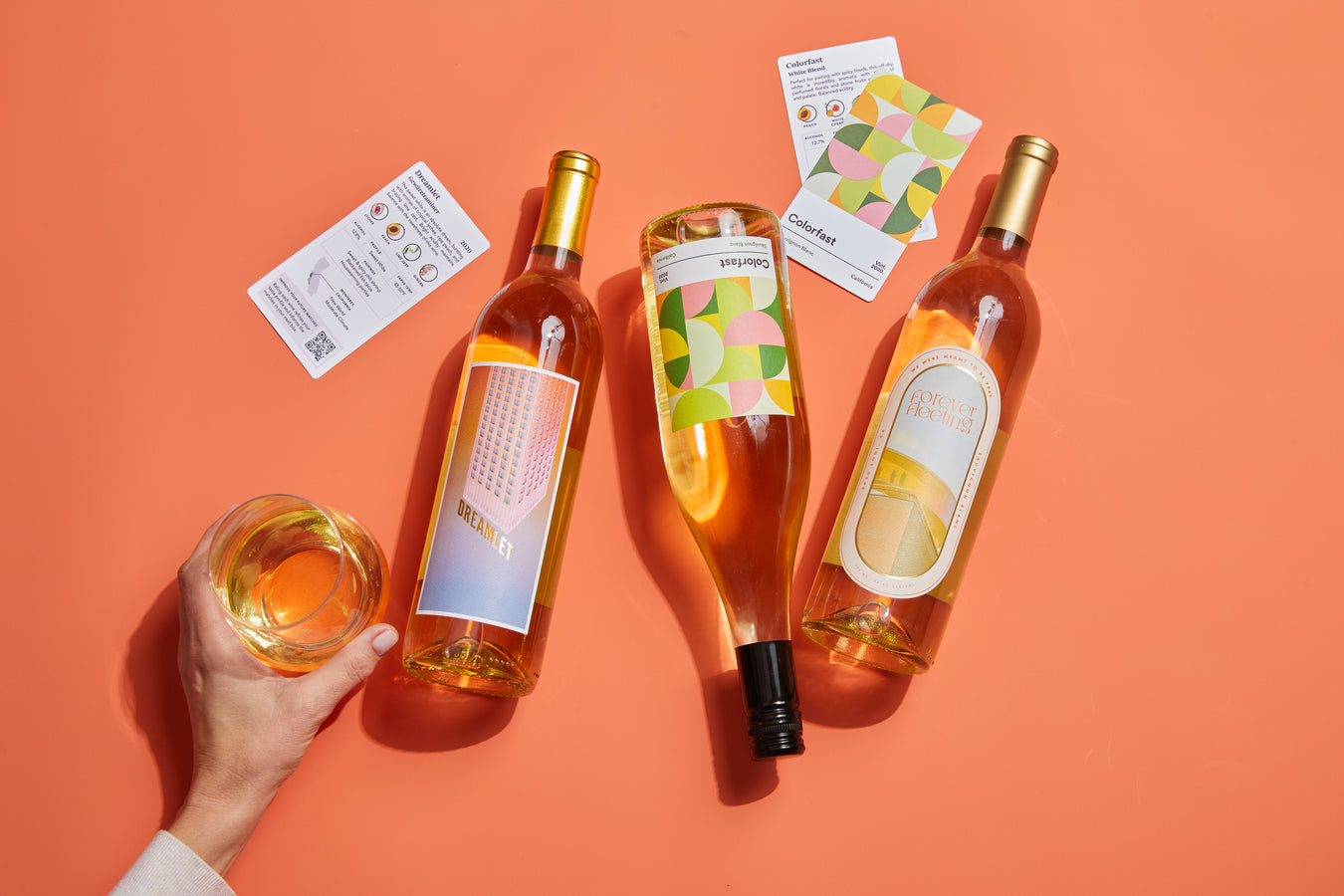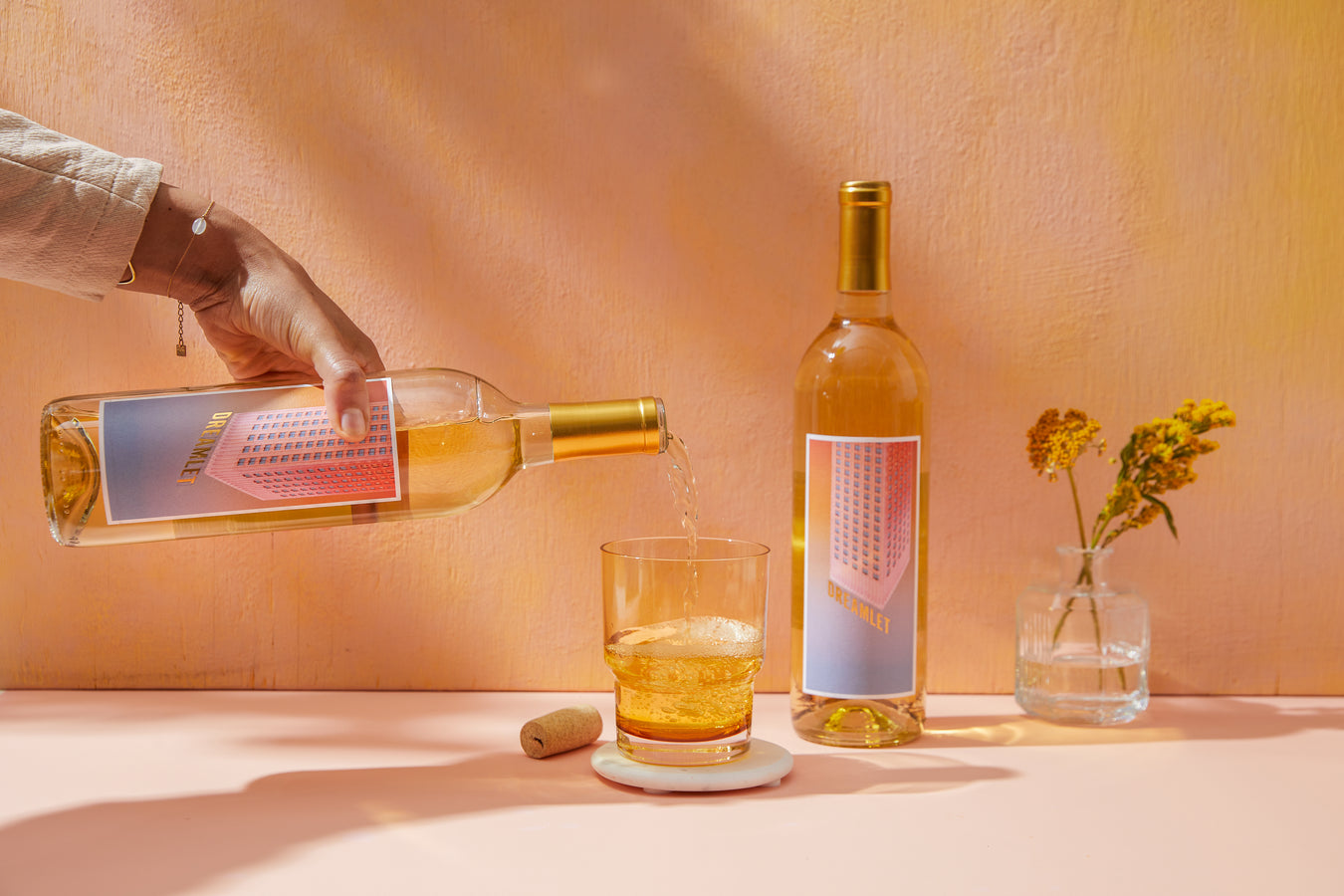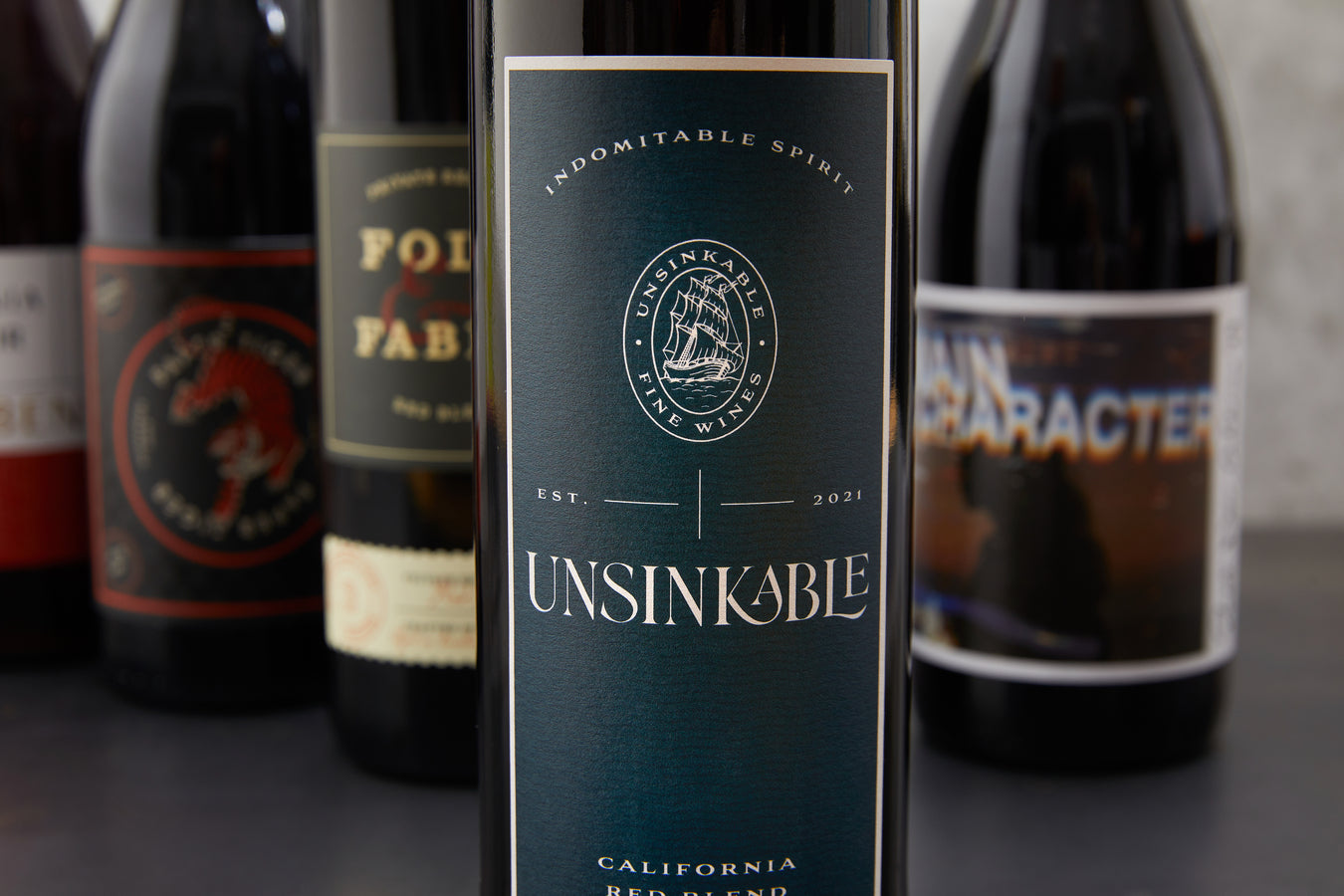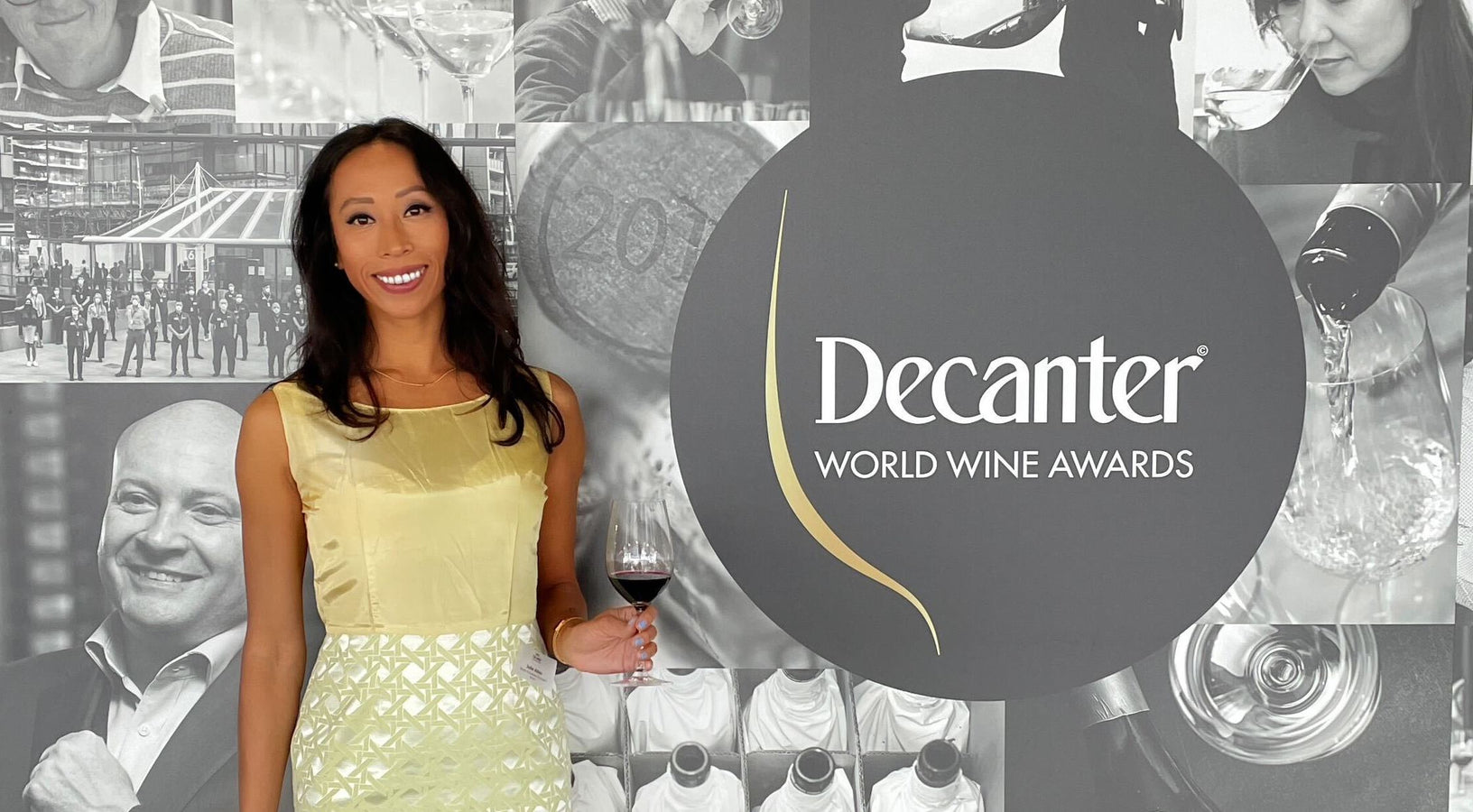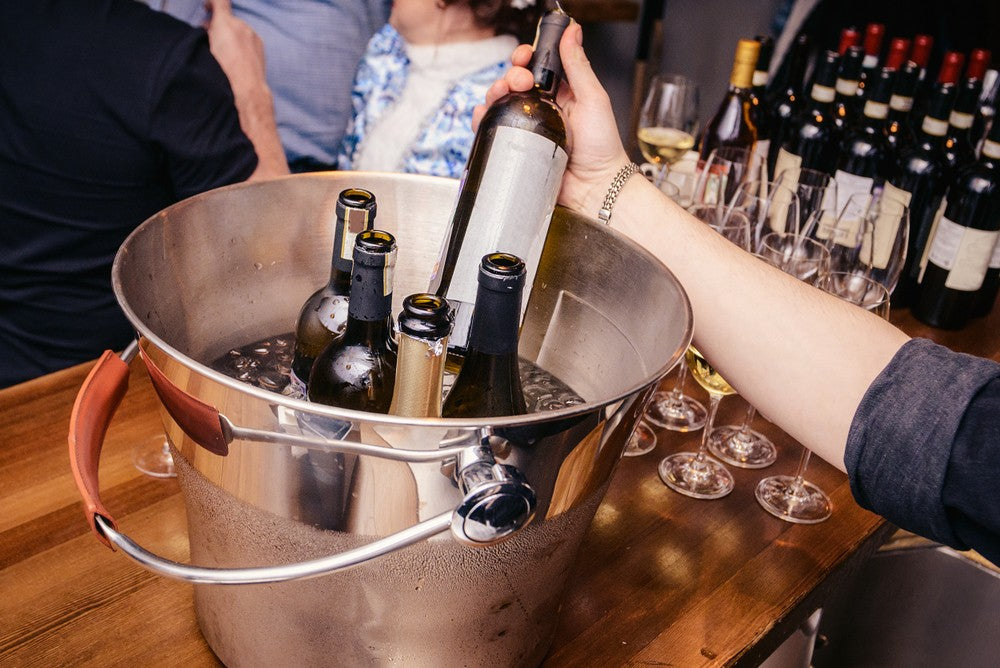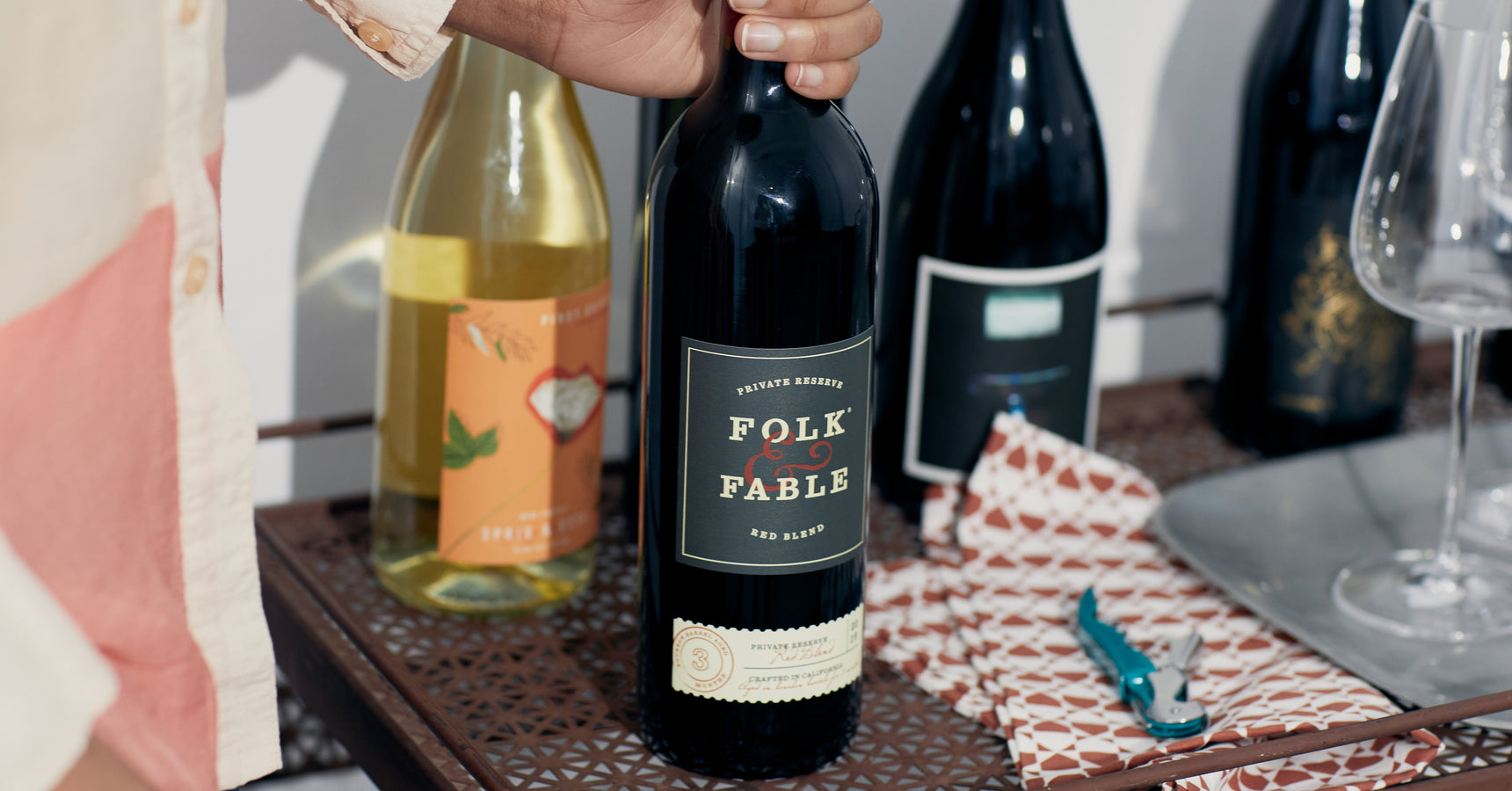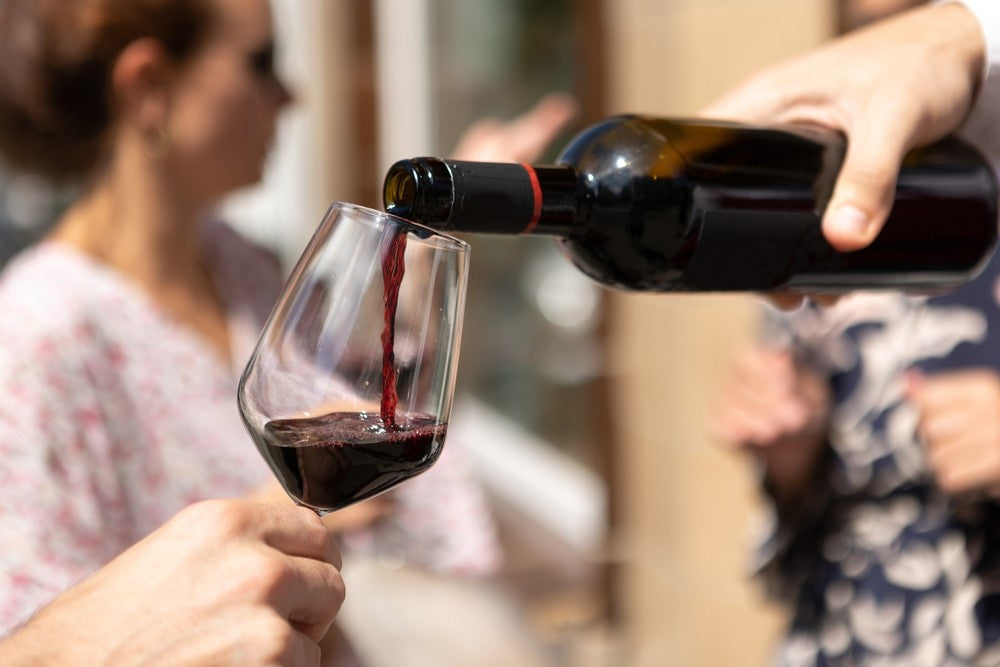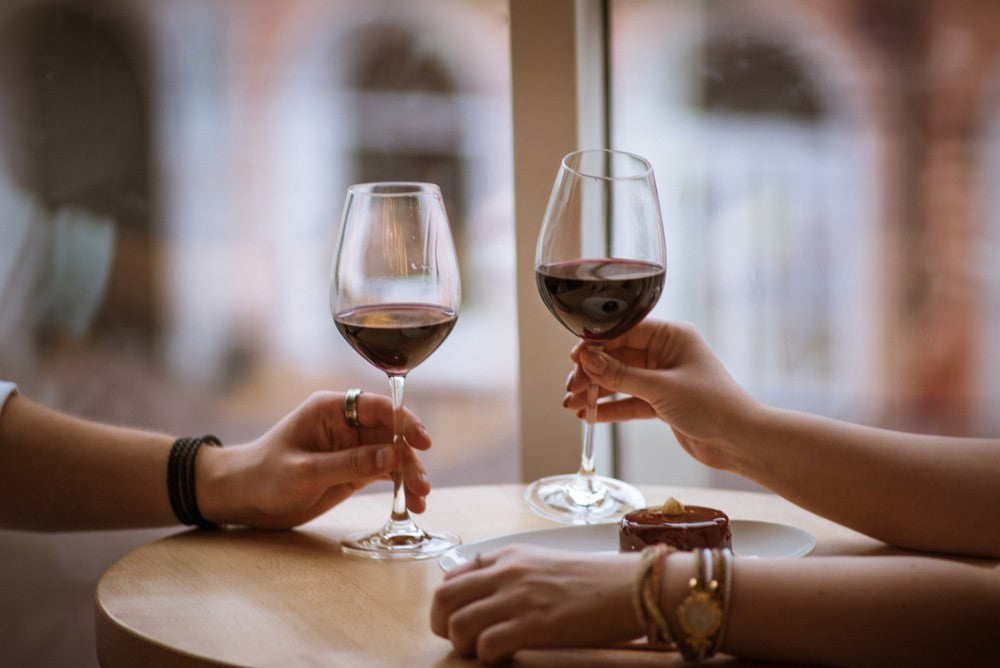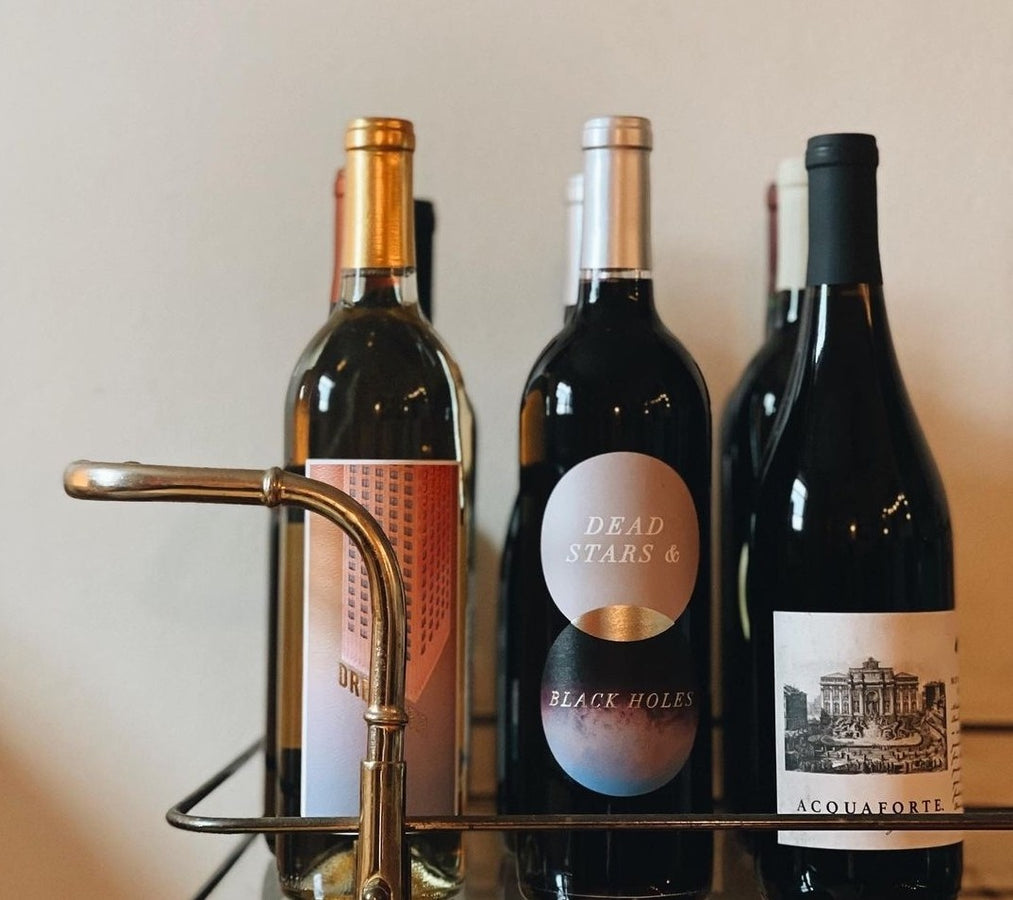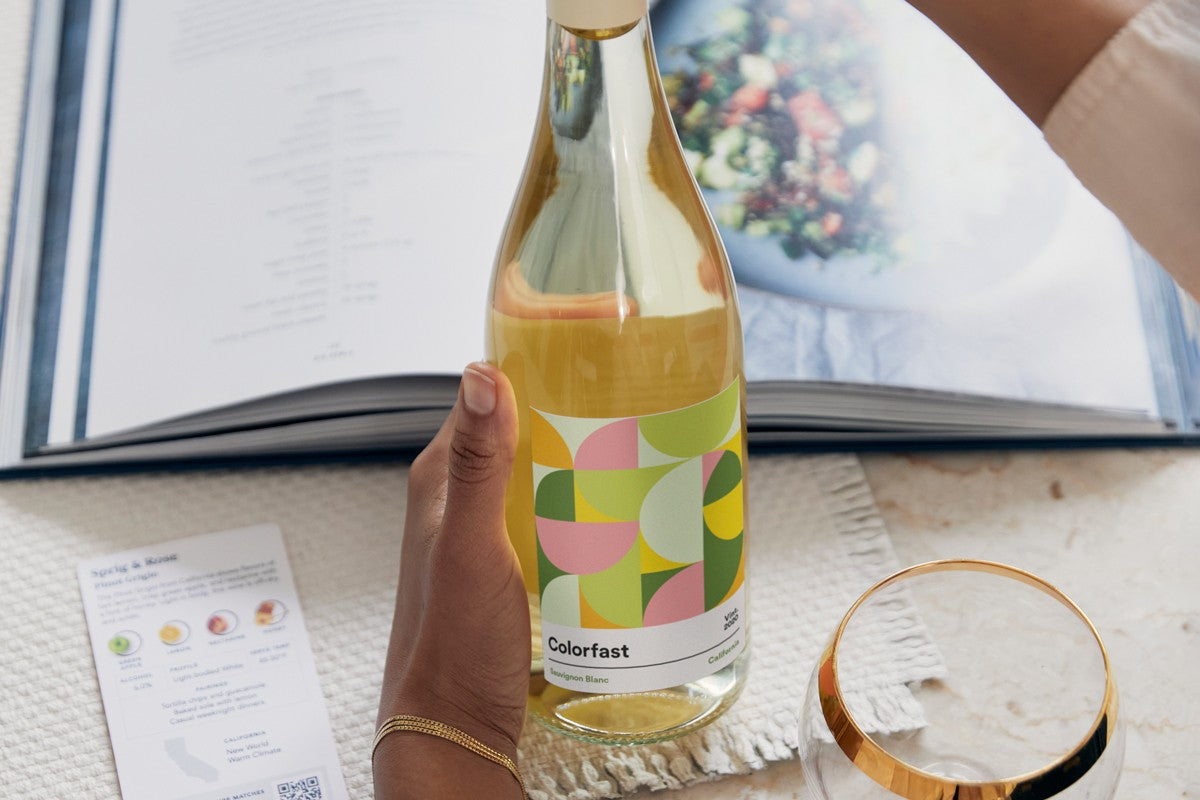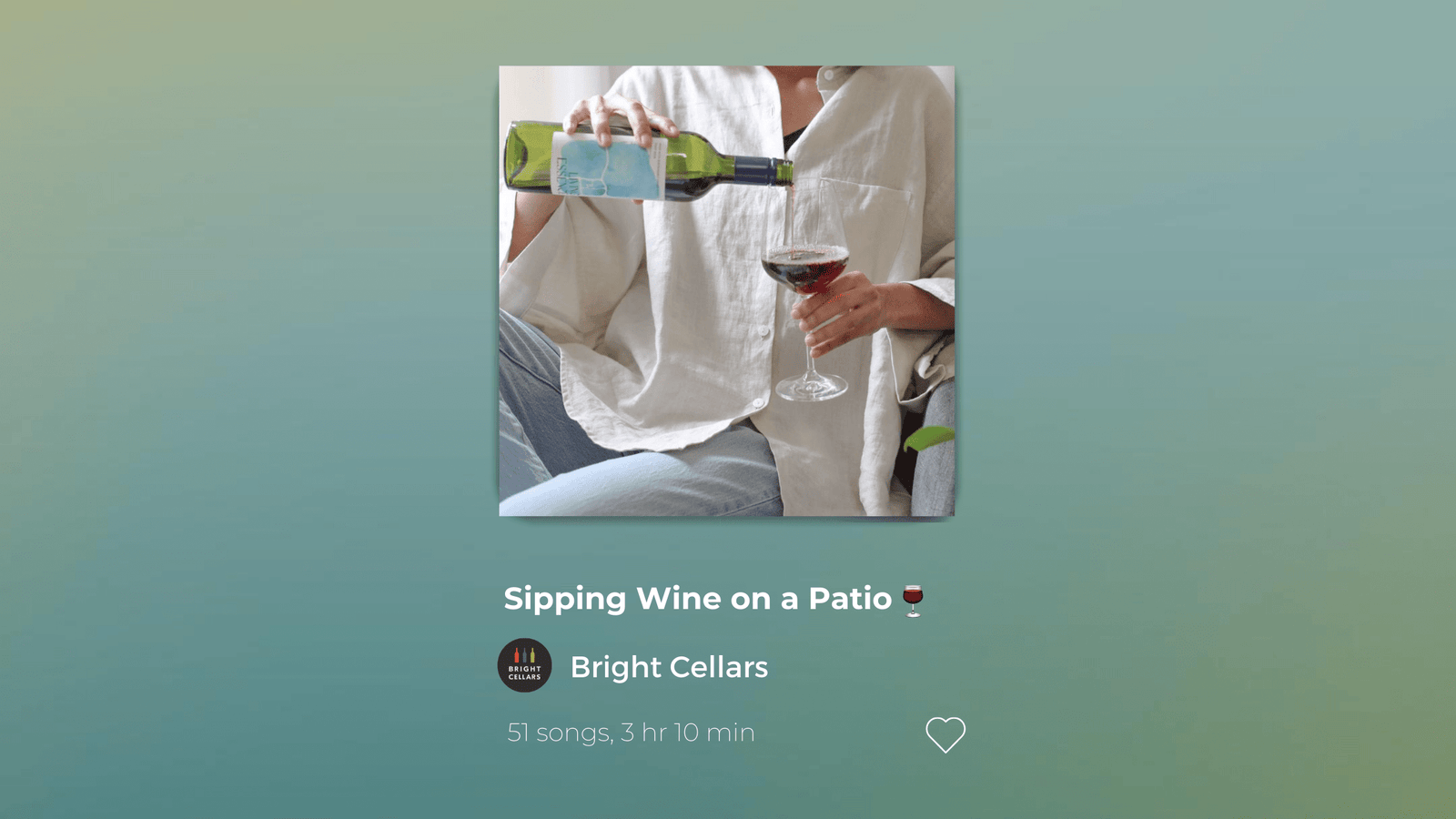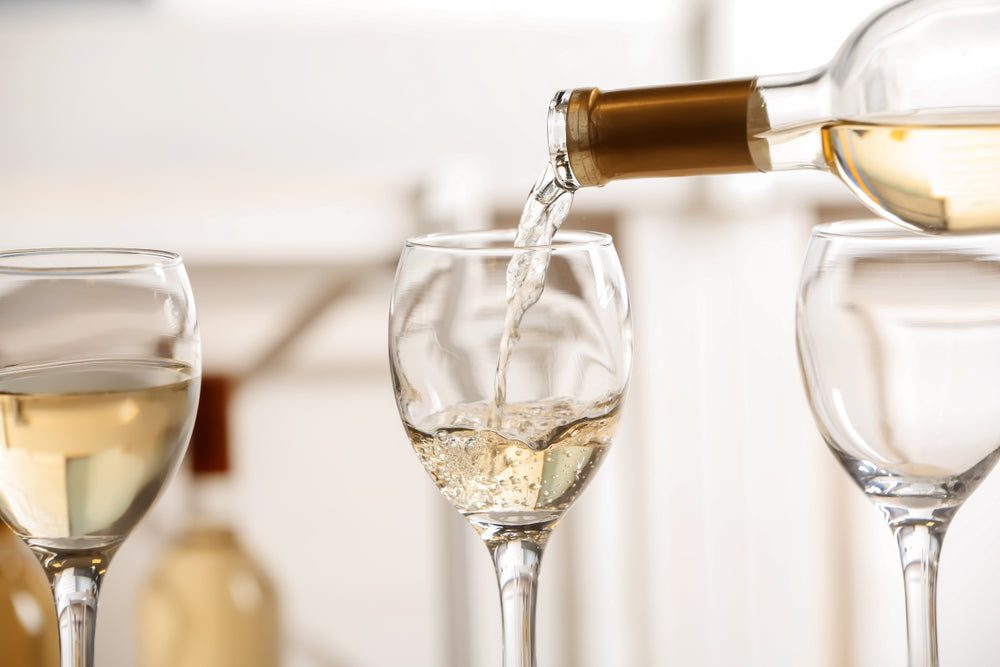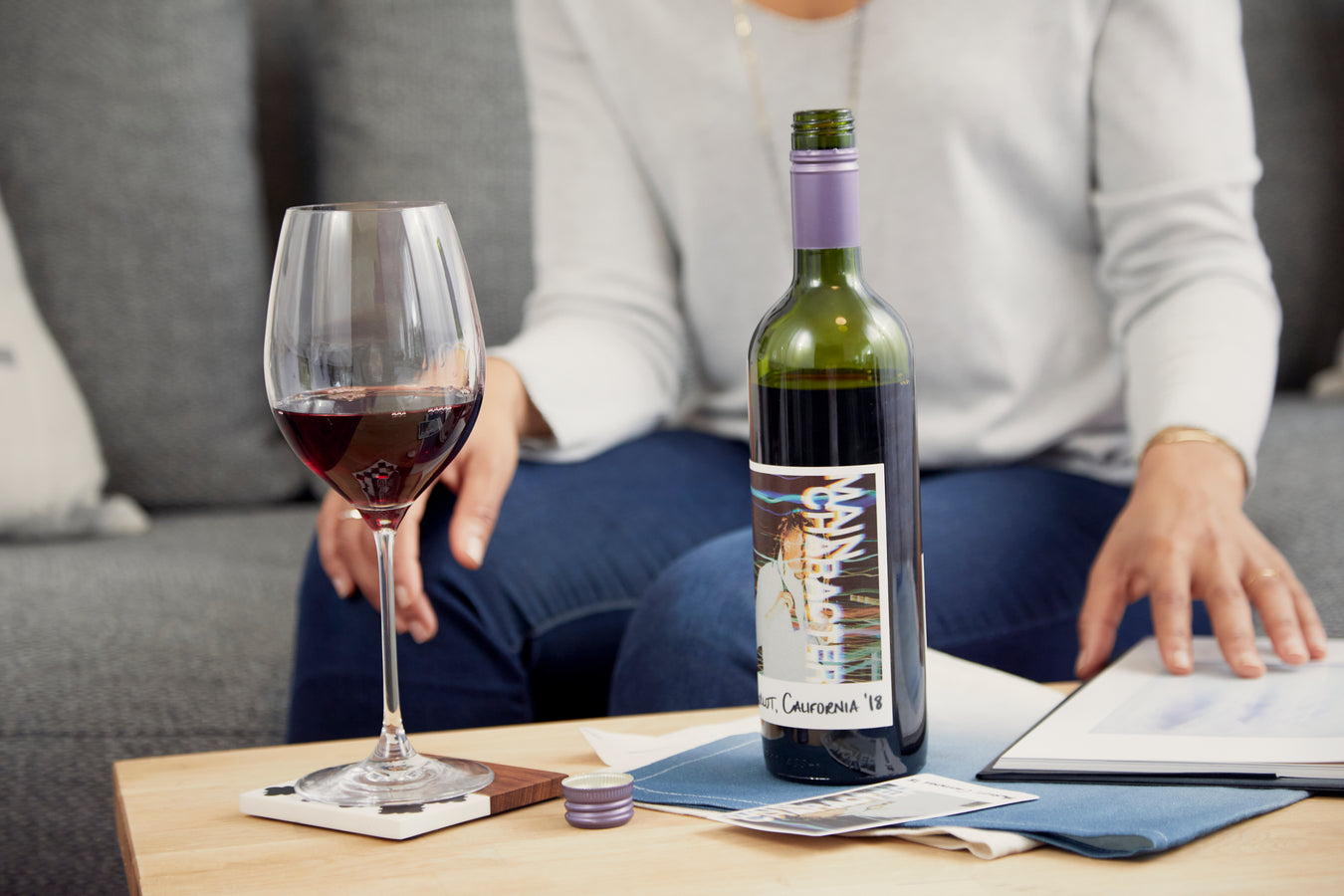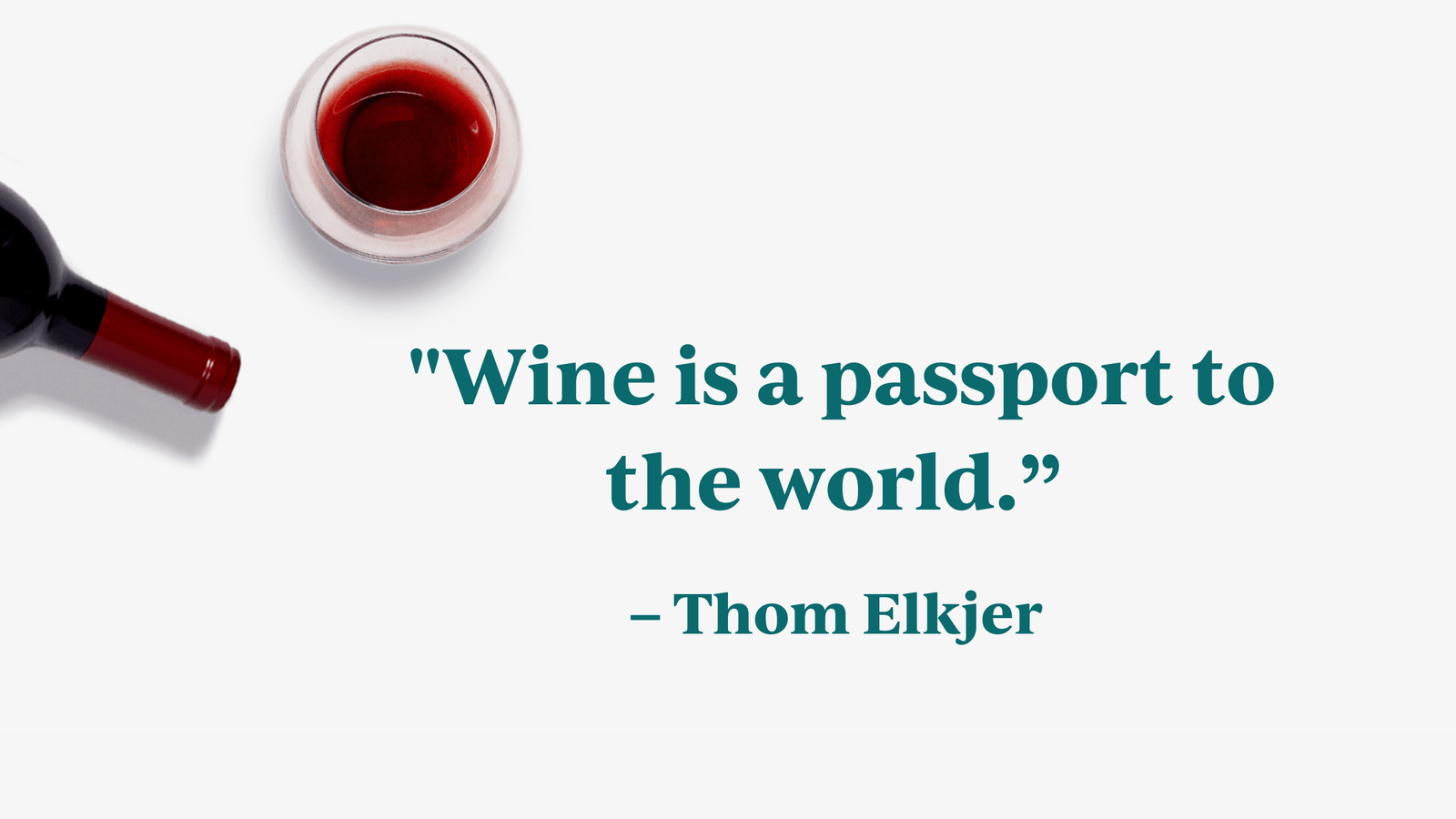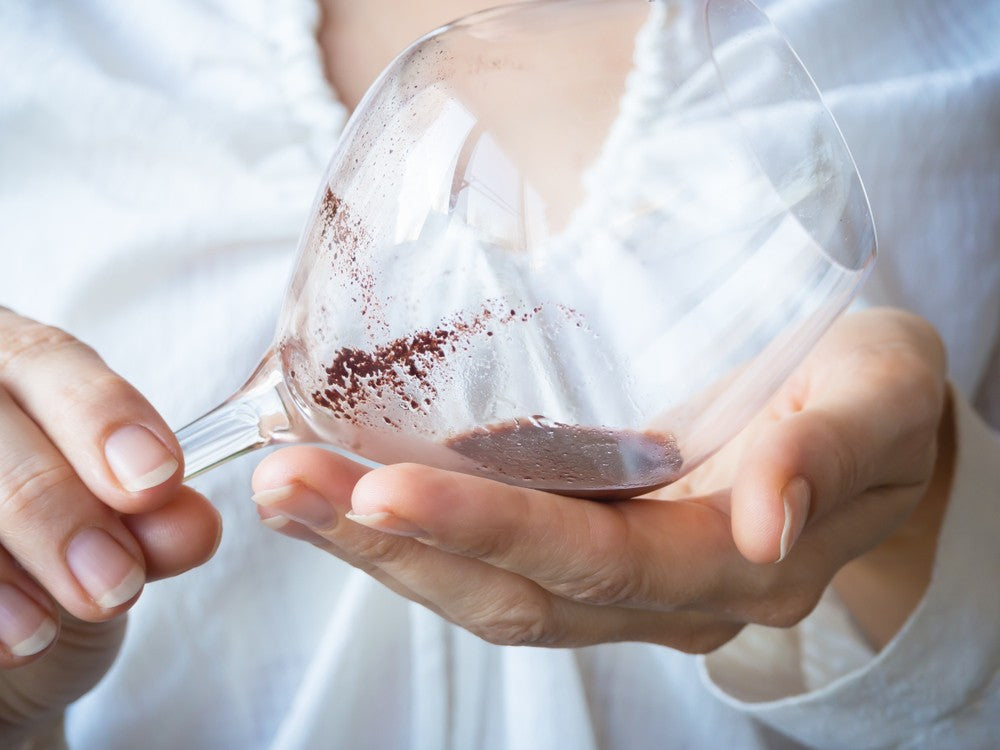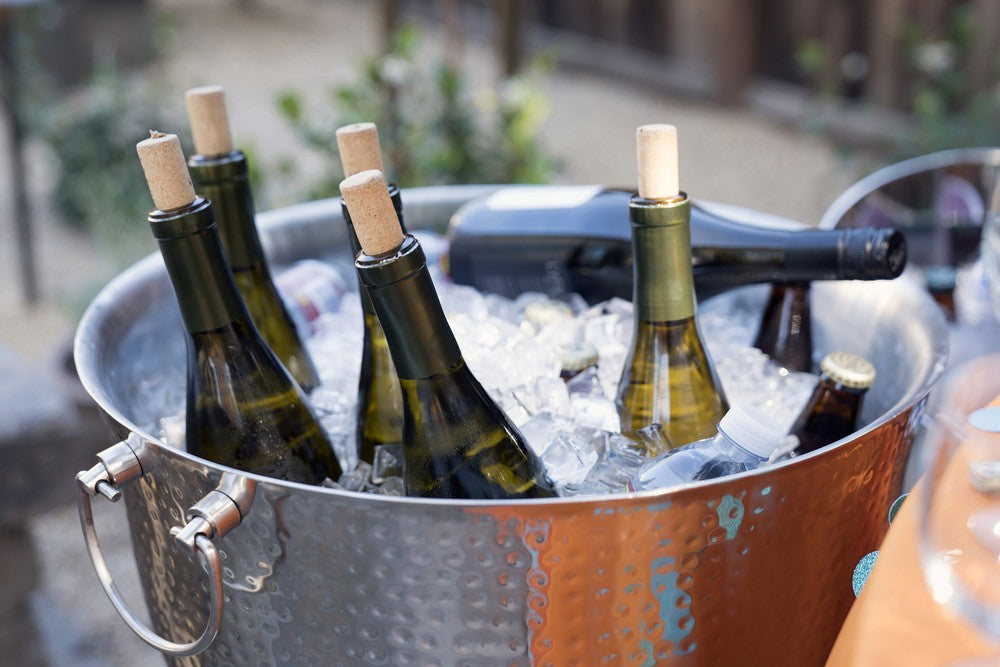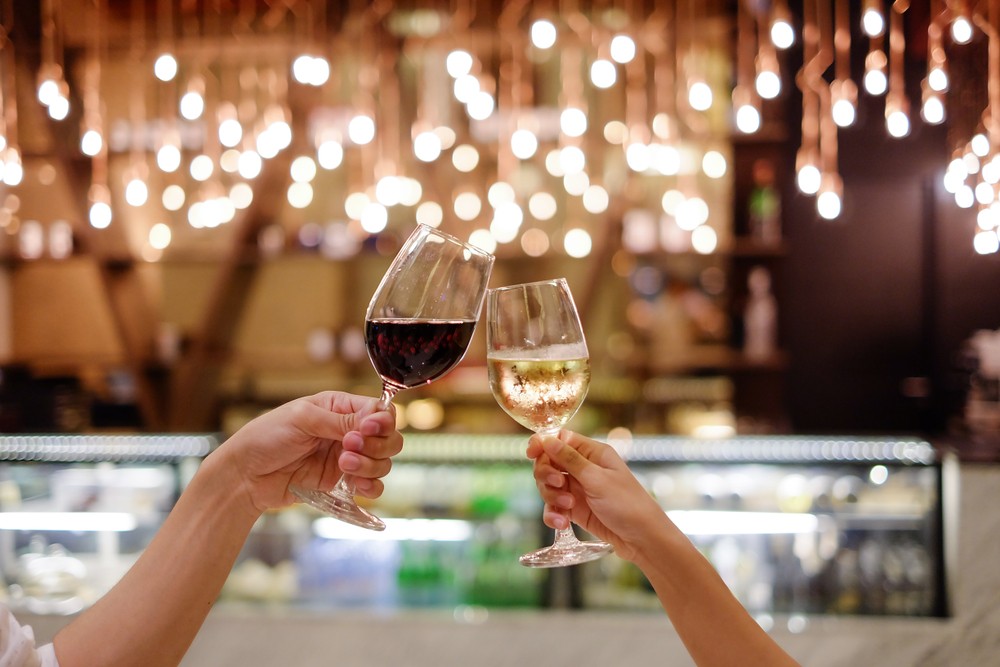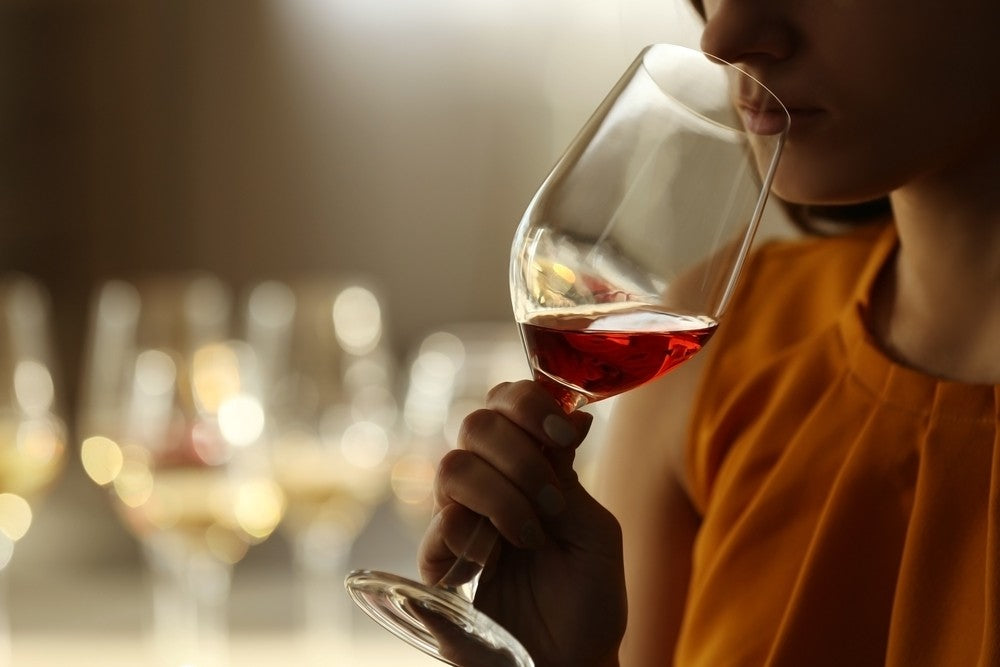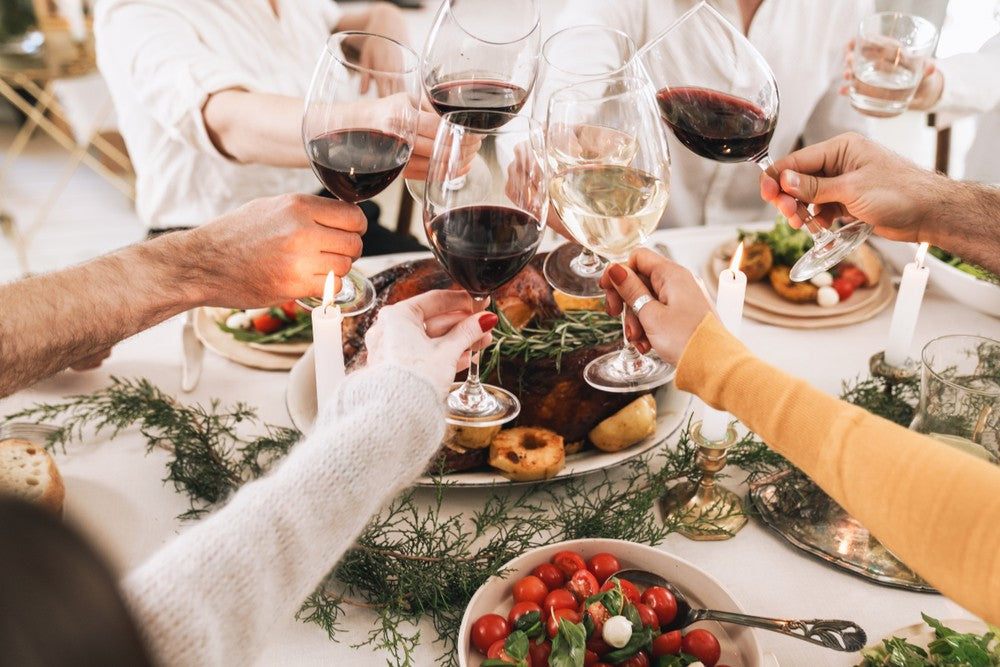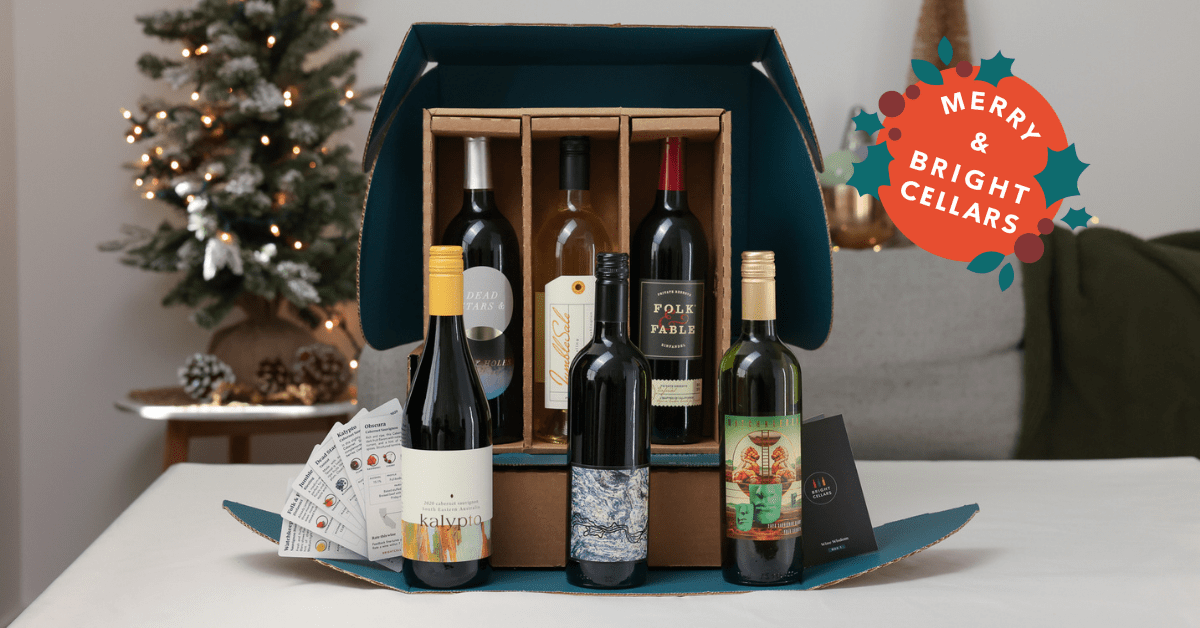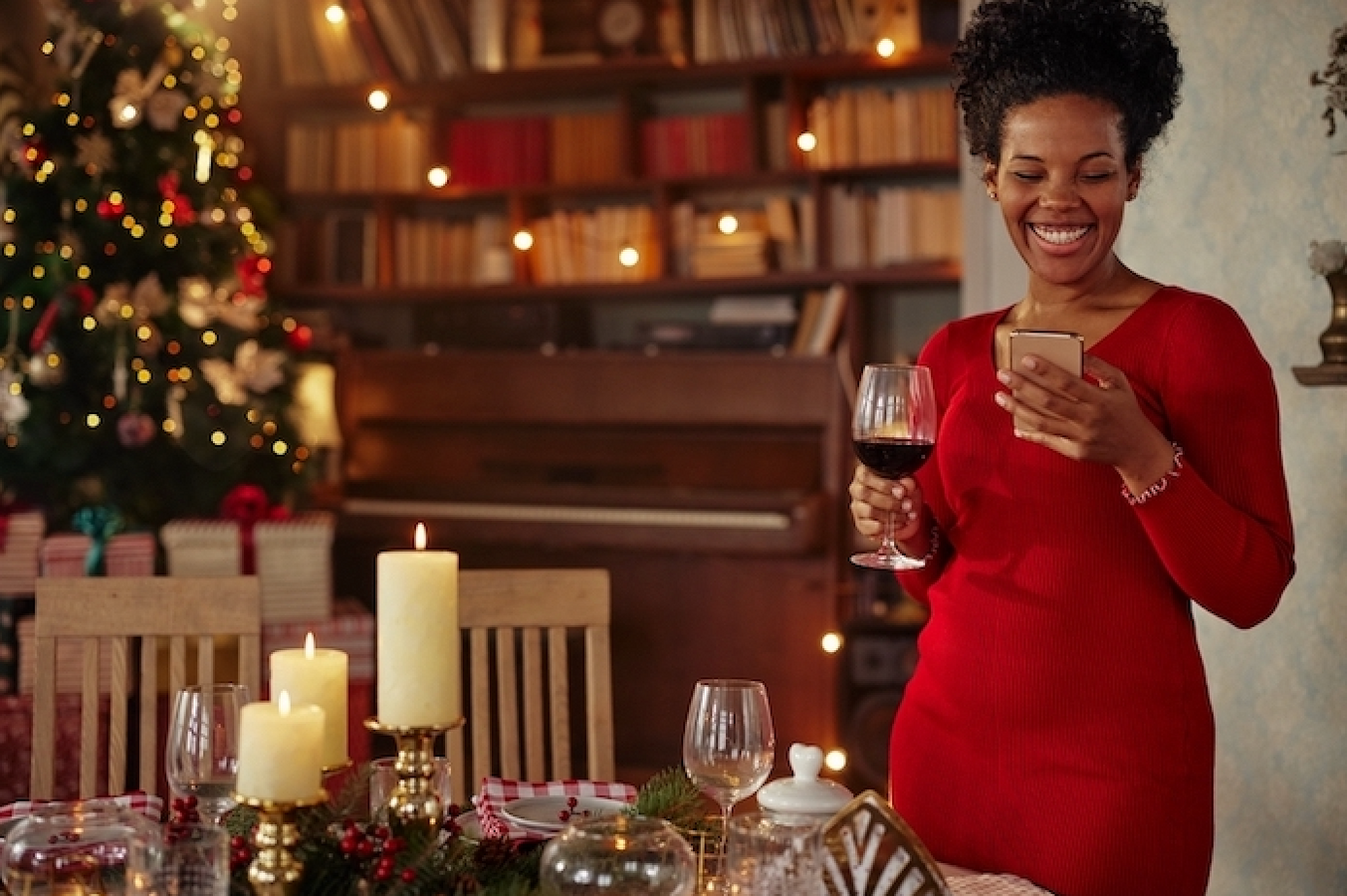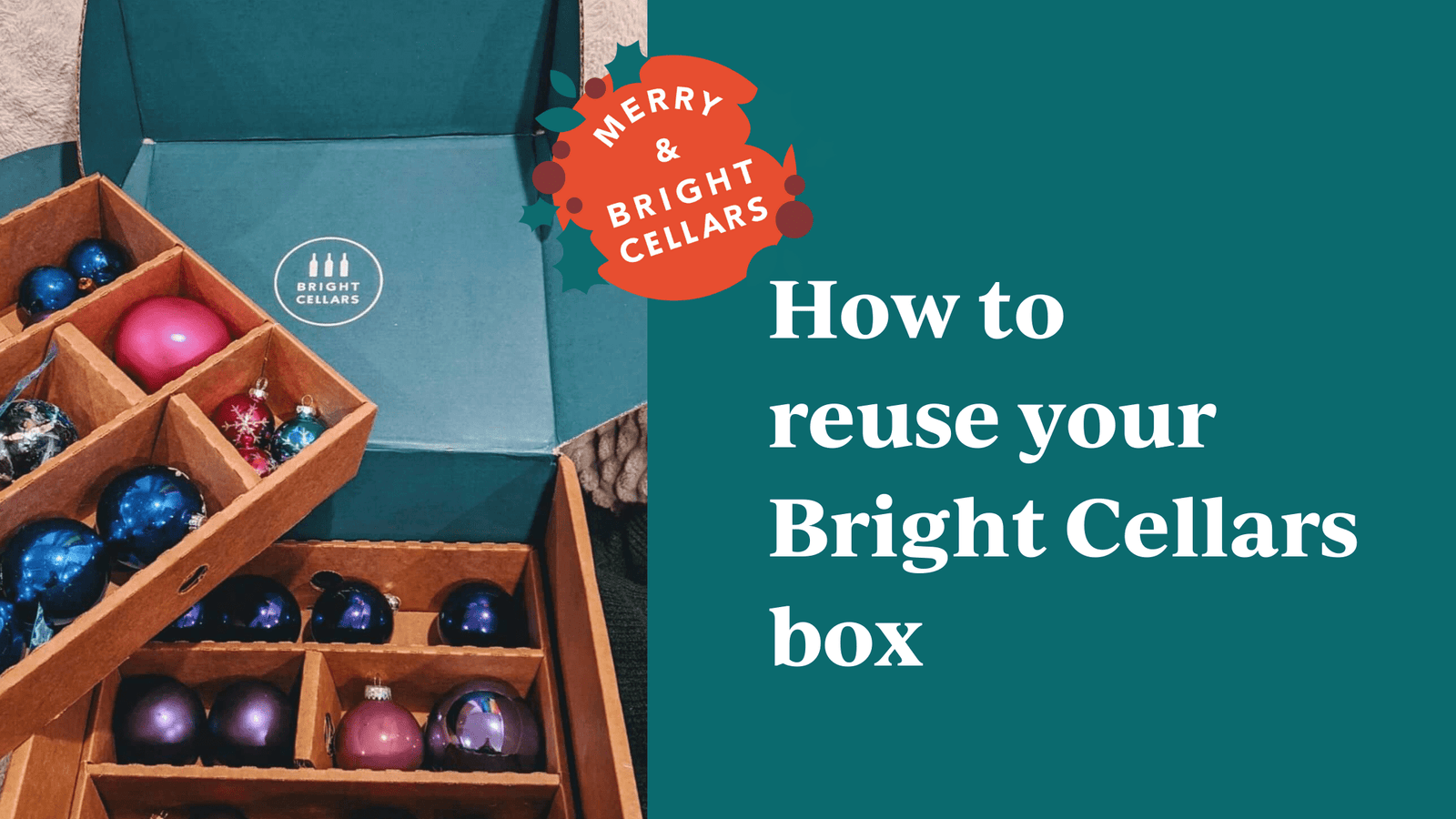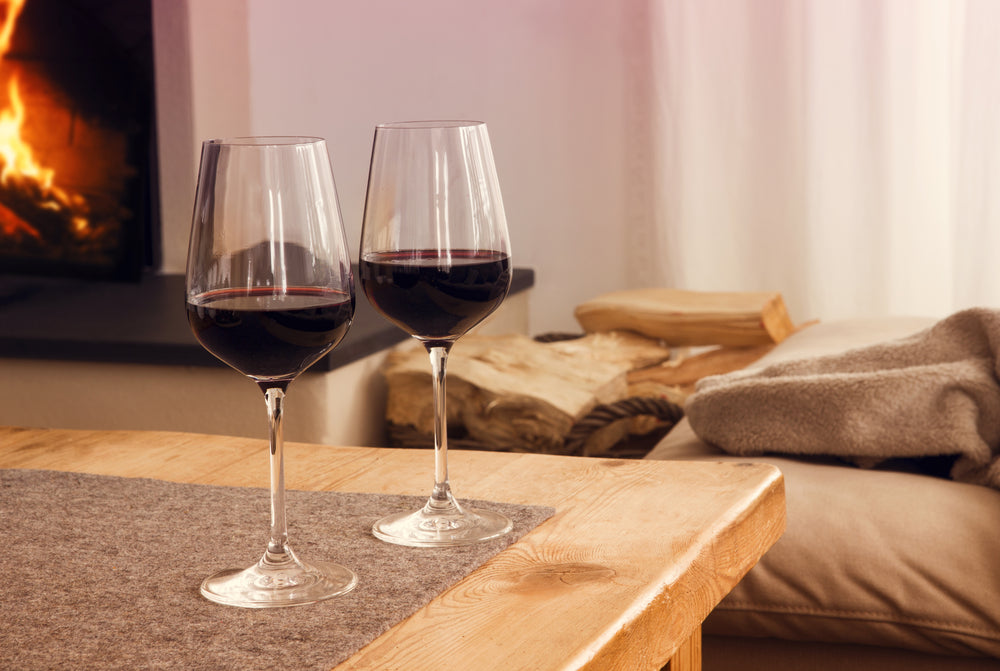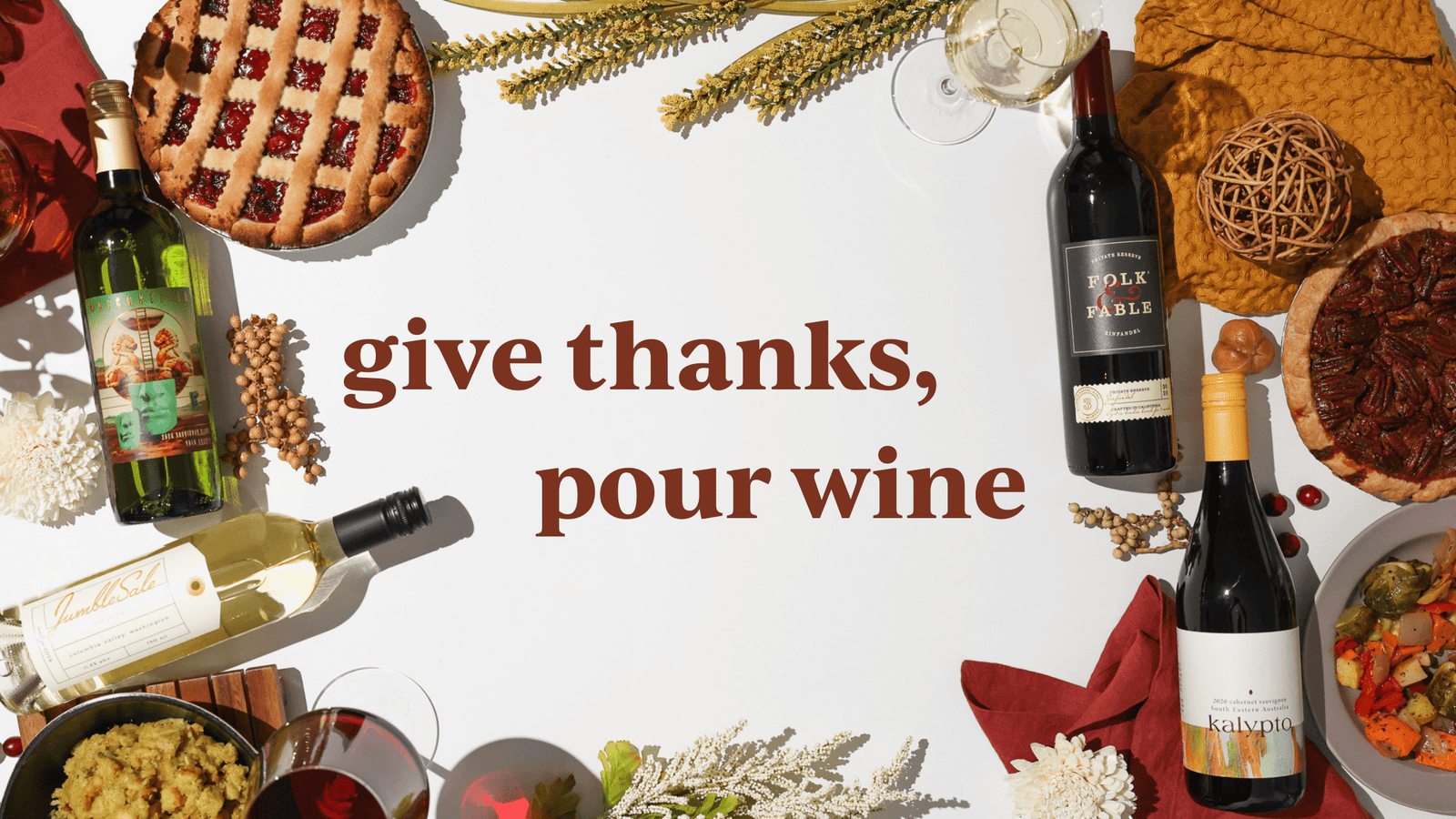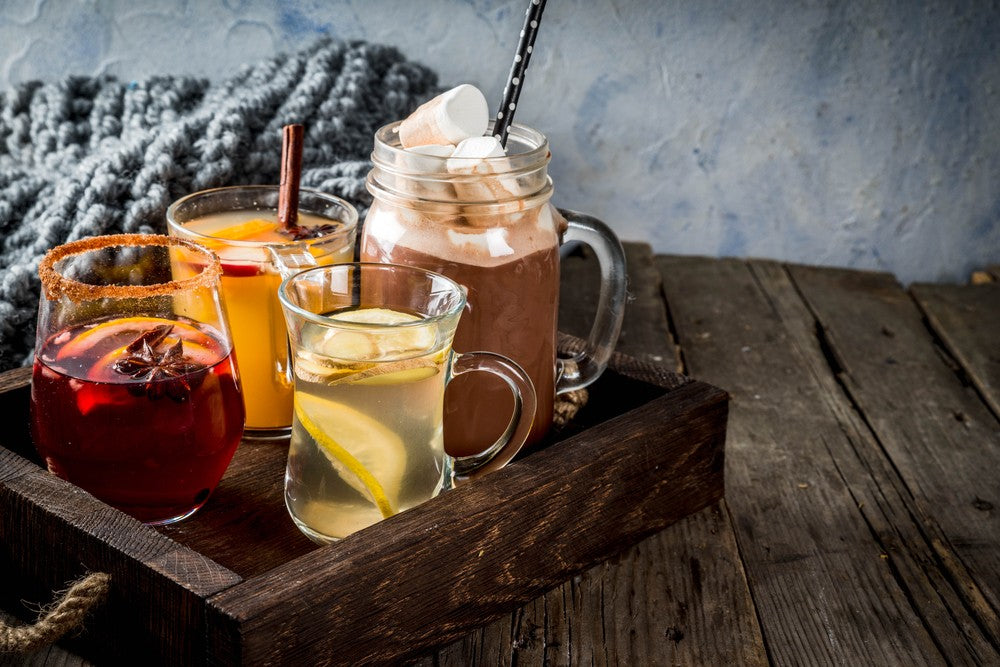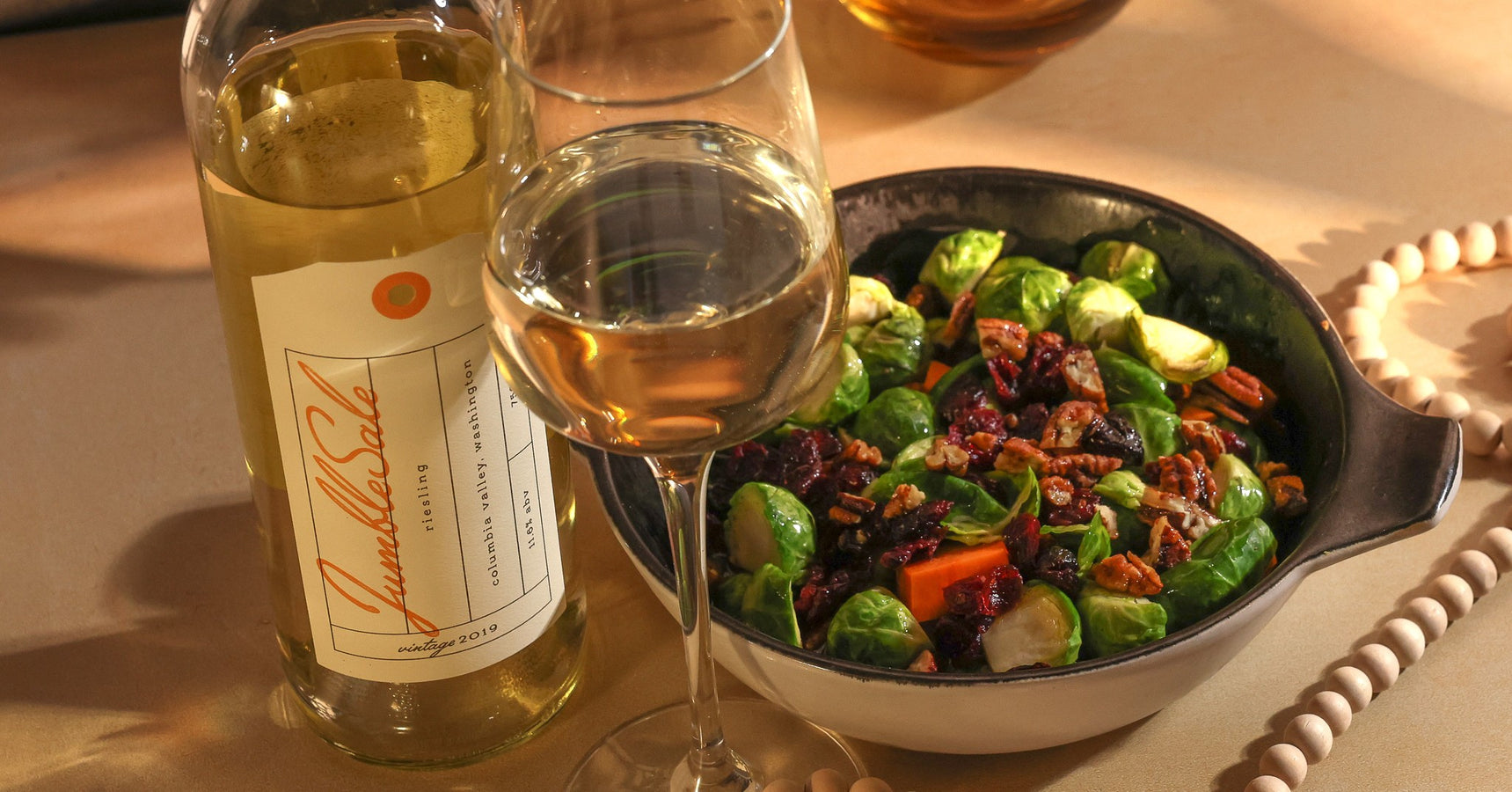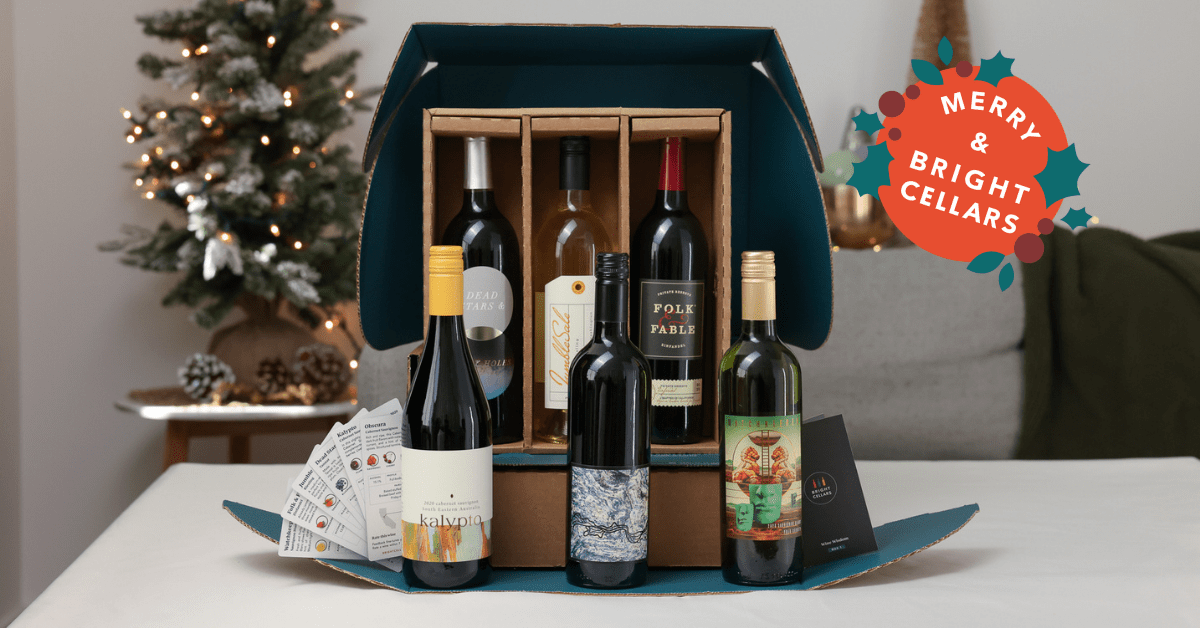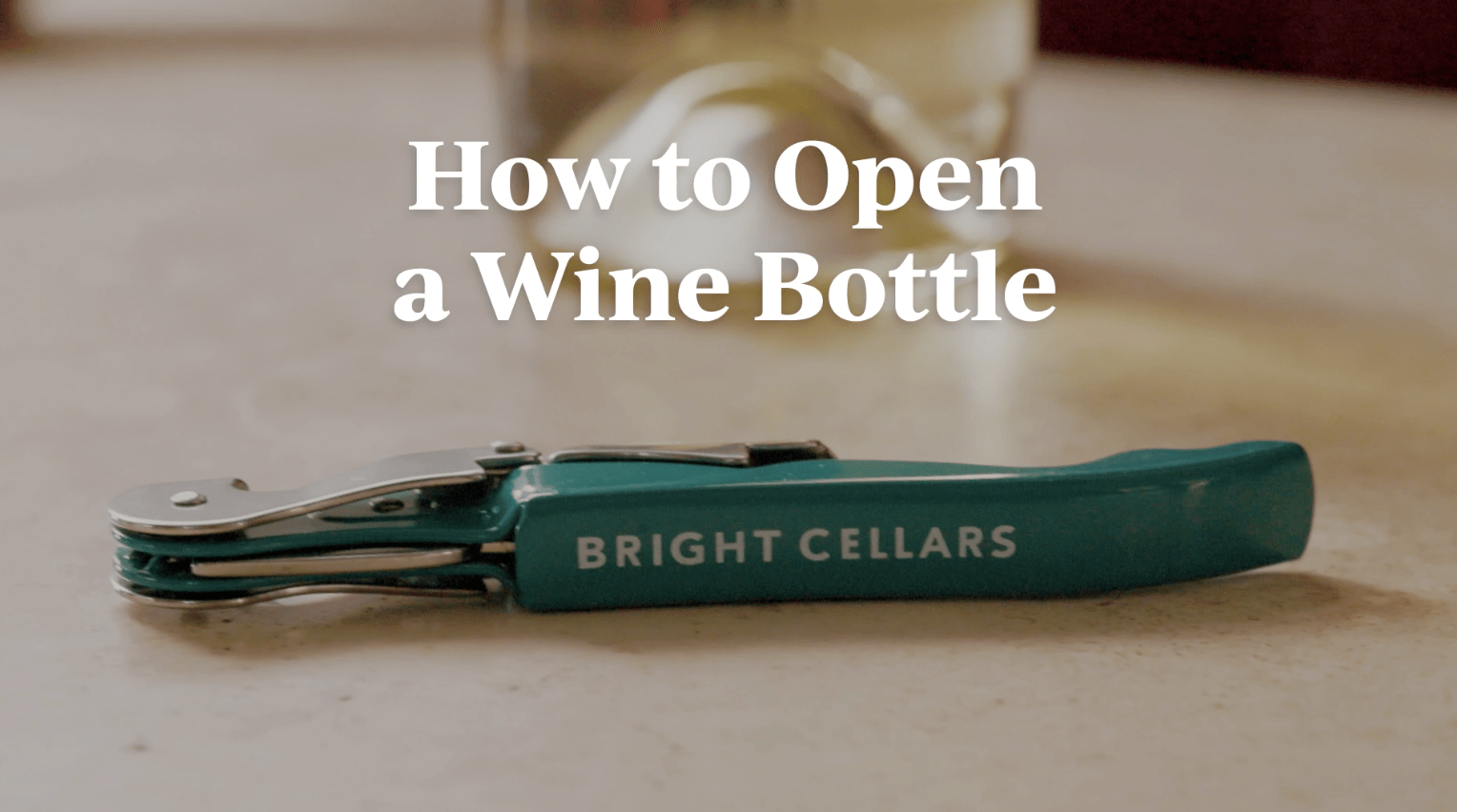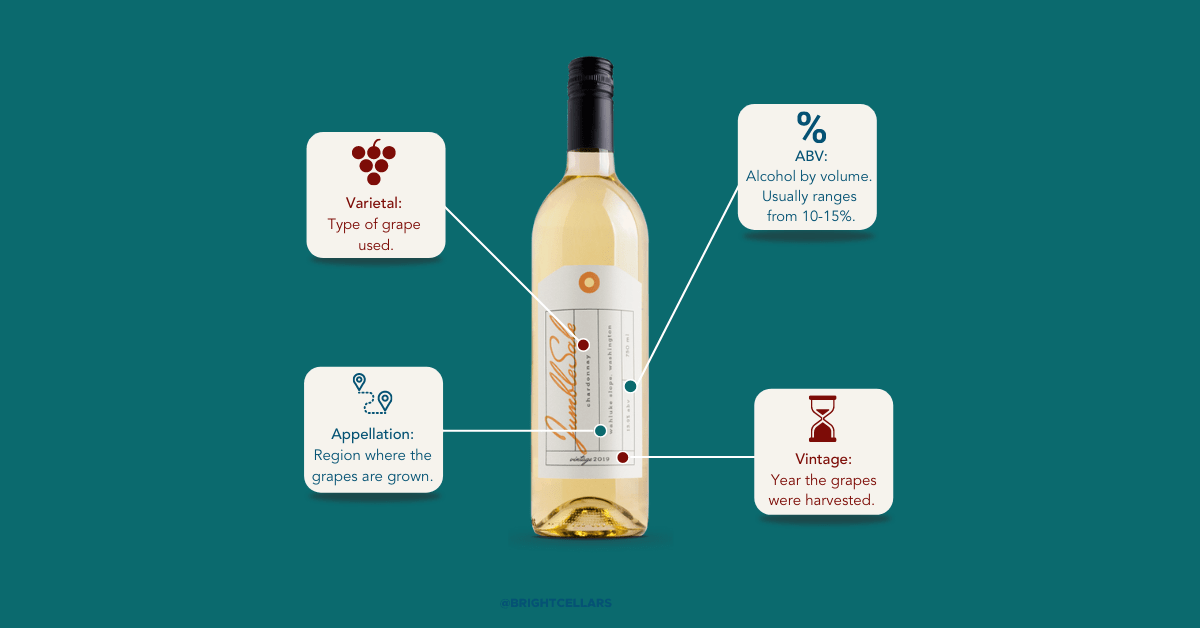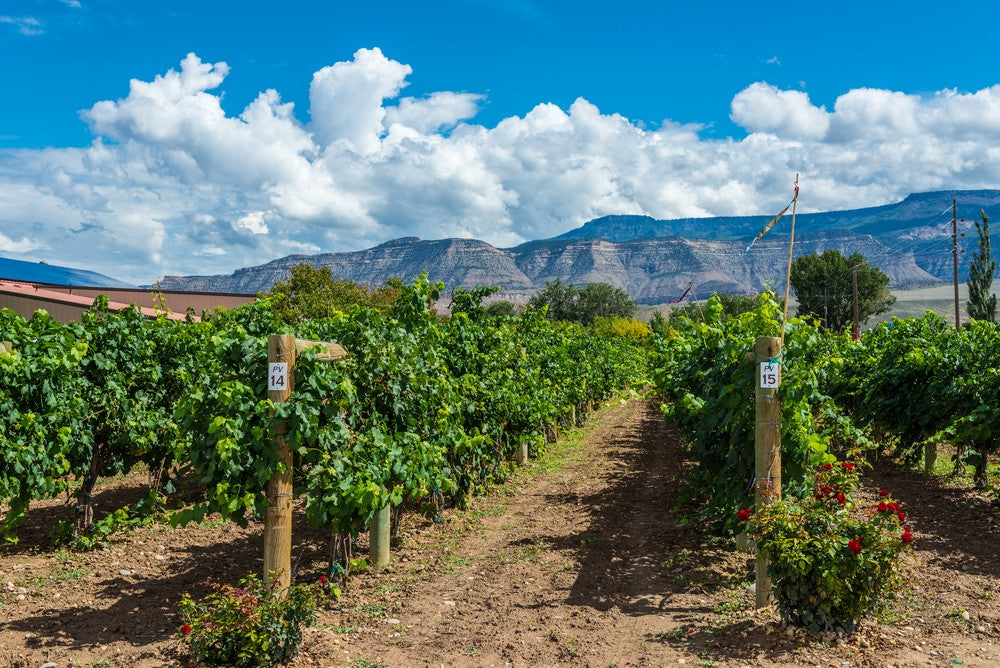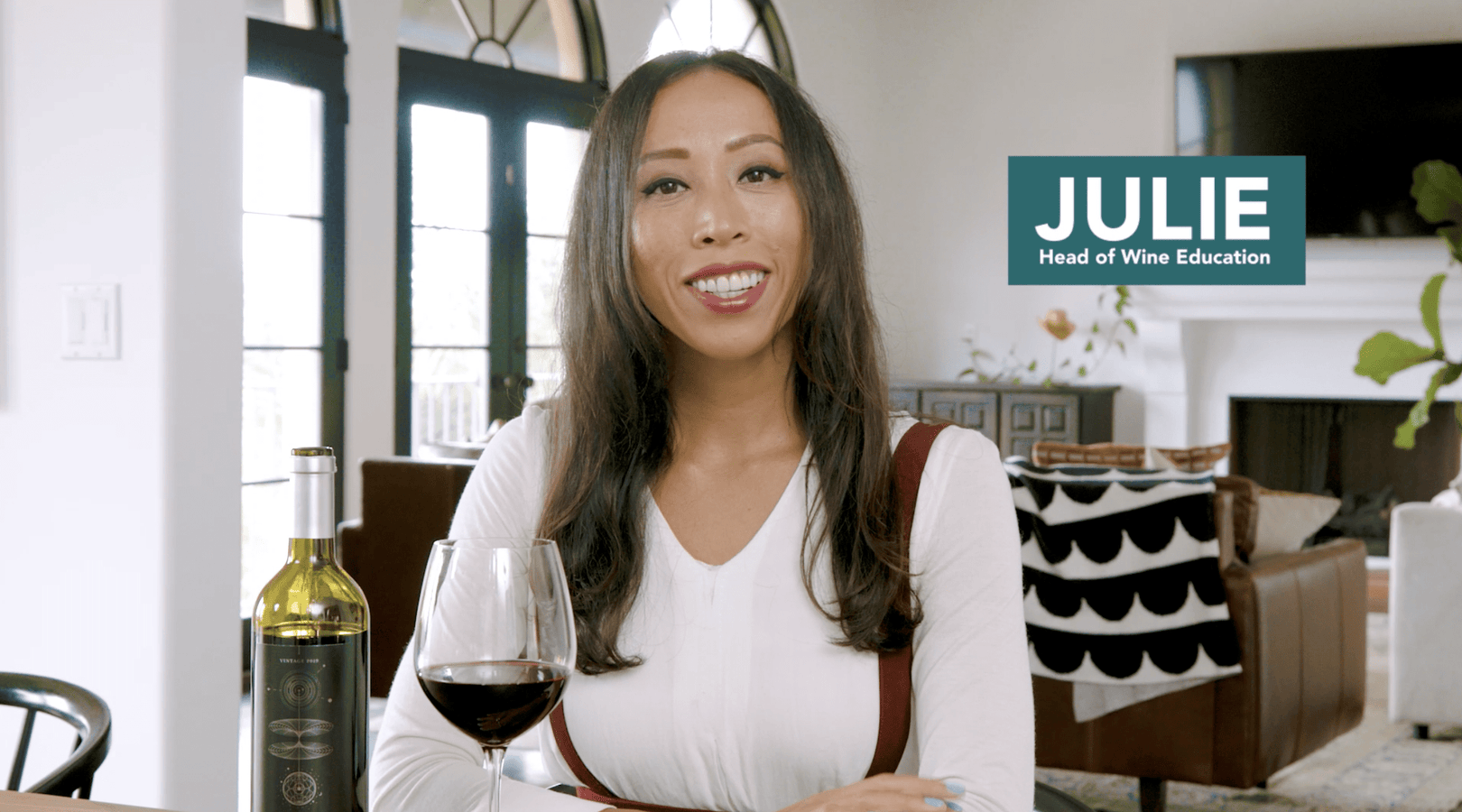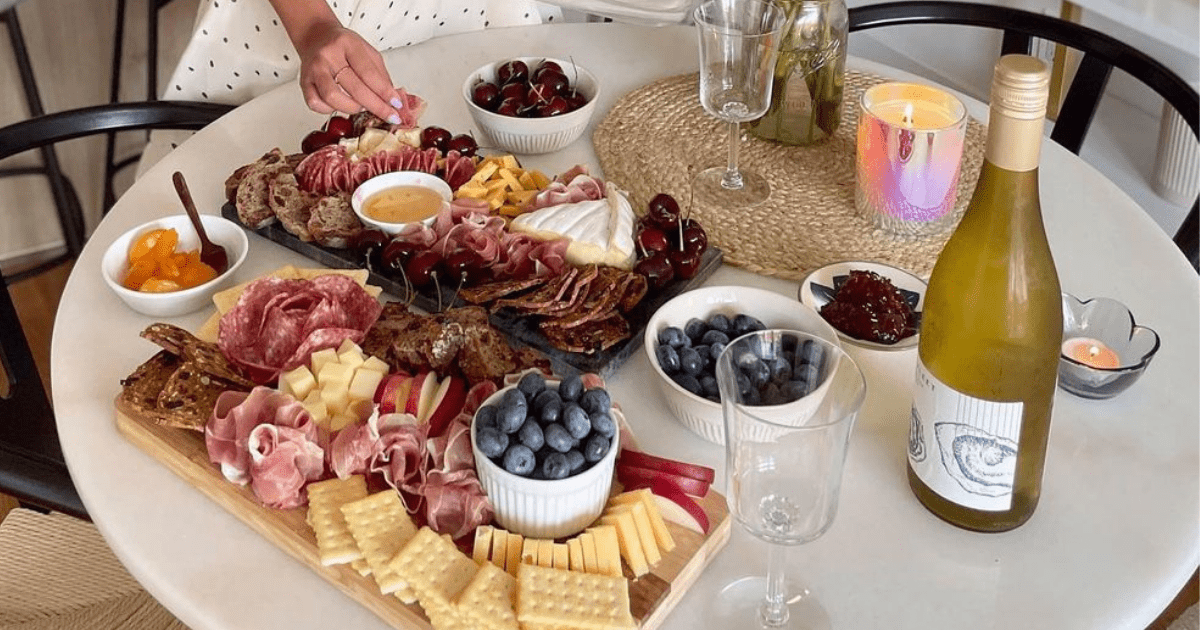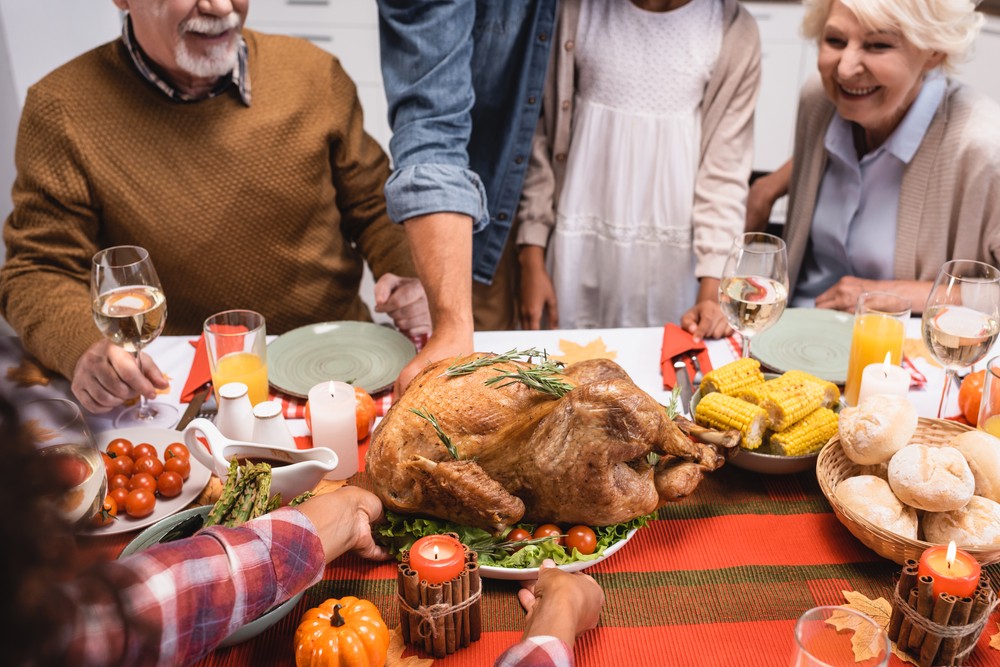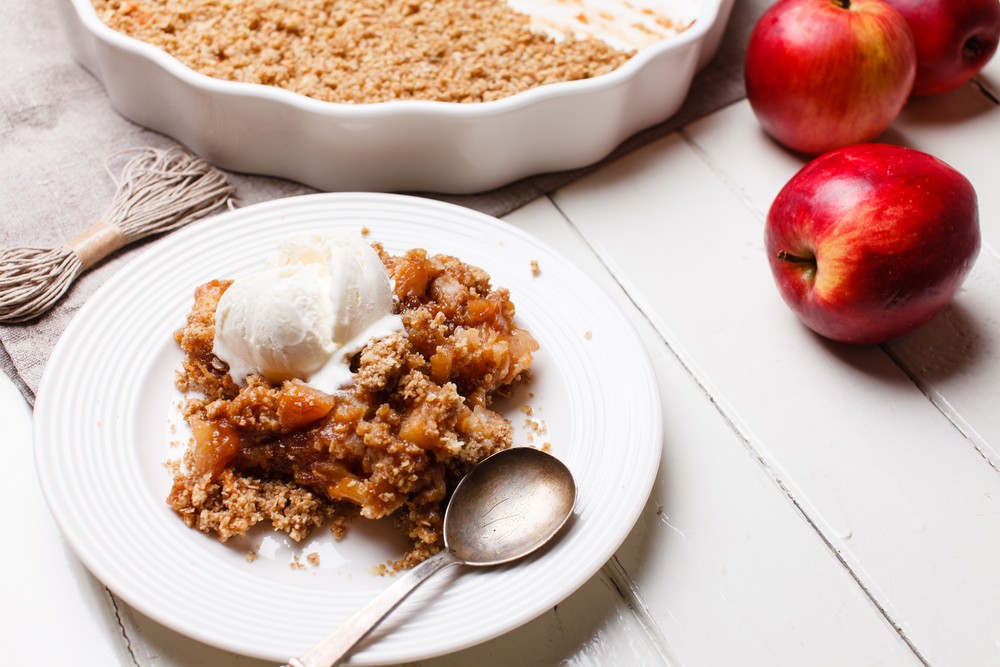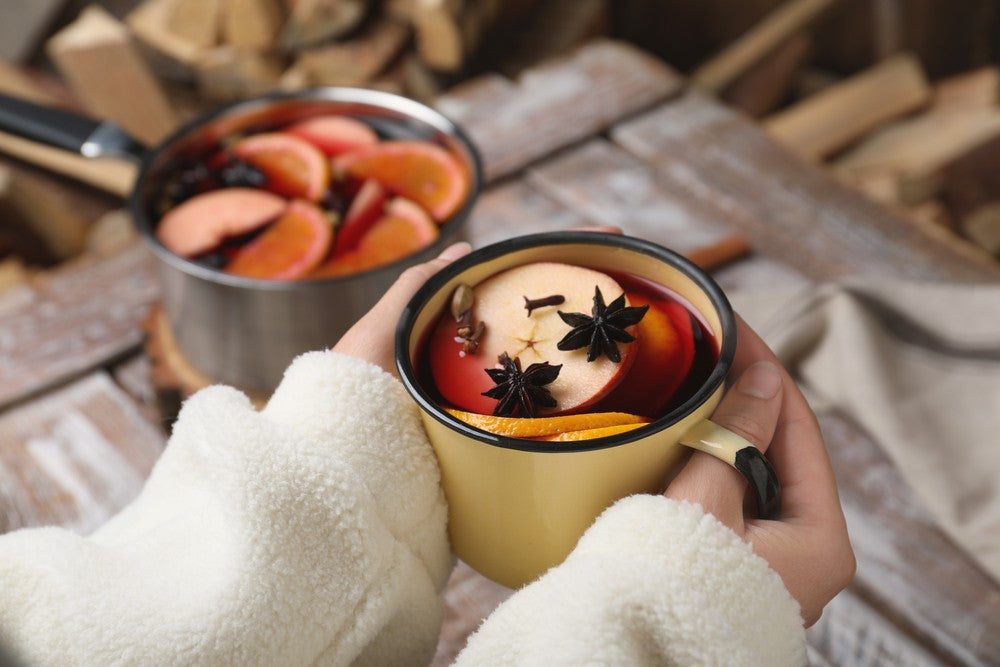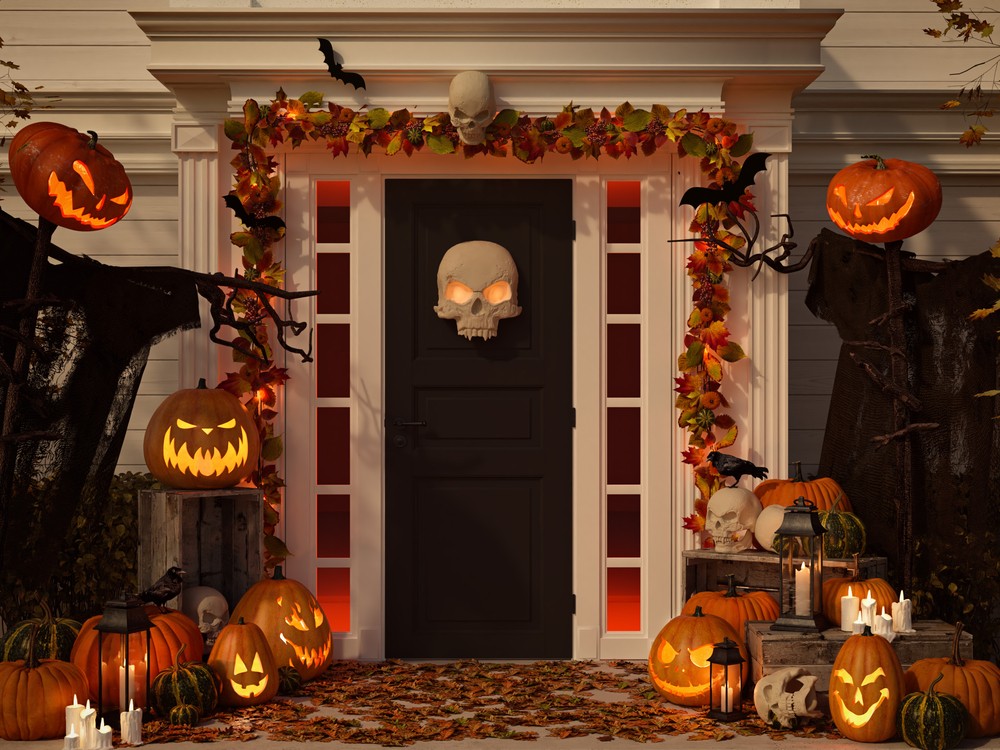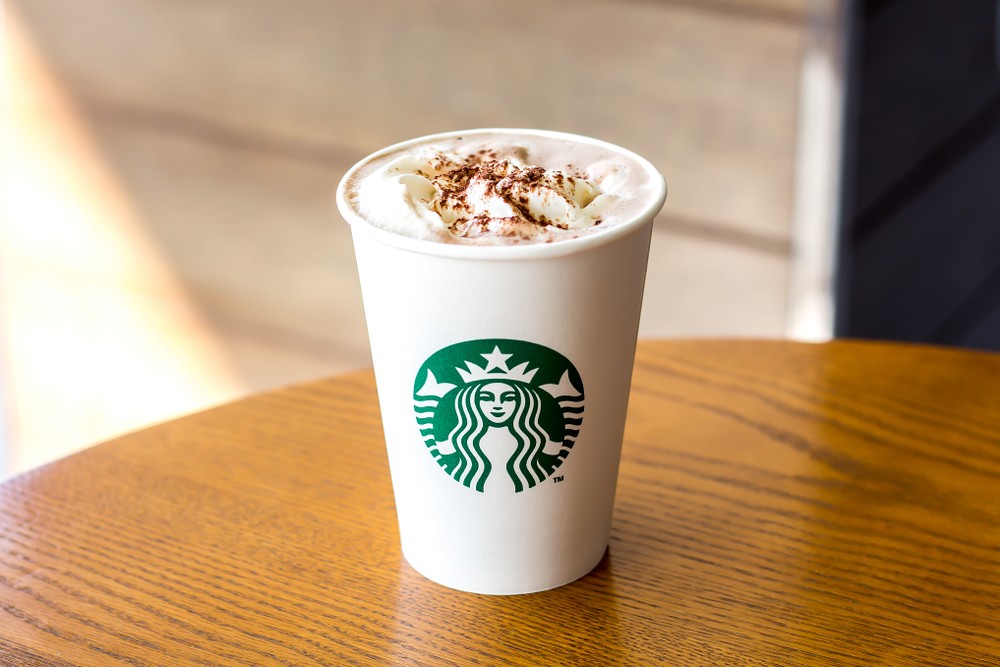
There’s something so empowering about popping a bottle of bubbly and enjoying a fizzy glass. Today’s the day to take that feeling of empowerment a step further and get all your sparkling wine questions answered.
Where do the bubbles come from? What is Champagne and how does it differ from sparkling wine? We’re answering your bubbling questions, plain and simple. Here’s everything you need to know about sparkling wine!
Common Questions about Sparkling Wine
How is sparkling wine made?
Let’s start from the ground up - what is sparkling wine and how is it made? Sparkling wine is unique because it undergoes a second round of fermentation. The first round of fermentation produces a base wine (also known as table wine) and then sugar and yeast are added. At this time, alcohol increases by 1.5%, and the CO2 is trapped within the sealed vessel, which is where the bubbles come in.
What makes sparkling wine so bubbly?
The second fermentation process produces the bubbles as a byproduct. There are a few different ways to achieve the bubbles, based on the style and quality of the wine.
What’s the difference between the Traditional Method, Transfer Method, and Tank Method?
The Traditional Method (Méthode Champenoise in French) is used in Champagne, Cava, Franciacorta, certain New World sparklings, and even some Prosecco.
For the Traditional Method, the second fermentation takes place in a bottle in order to achieve a higher yeast to liquid ratio. After the second fermentation is complete, “lees” (dead yeast cells) release chemical compounds.
There is then extended contact with lees to help preserve the wine’s freshness and release more flavors. You’ll notice flavors of biscuit, toast, brioche, or pastry due to the additional yeast exposure.
The Transfer Method is similar to the TradItional Method in that it takes place in a bottle. The only difference is that after the second fermentation, it is disgorged into a tank to remove the lees and then rebottled. If you see “bottle-fermented” on the label, you’ll know it was made using the Transfer Method. This method produces quality wines at lower production costs.
Unlike the Traditional and Transfer Methods, the Tank Method occurs in - you guessed it - a tank rather than a bottle. Because of this slight variation, there is less yeast contact which results in low autolytic influences.
The Tank Method is intended for more fruity styles like Prosecco, Sekt, and other variety-driven sparkling wines. There are definitely benefits to the Tank Method over the Traditional Method - it’s lower in cost and you can produce the wine quicker.
What kind of grapes are used to make sparkling wine?
While there are dozens of varieties used to make bubbly, Chardonnay and Pinot Noir are among the best suited and are used in Champagne and other prestigious sparkling wines.
The grapes for sparkling wine are often picked early to achieve slightly lower alcohol to balance out the increase that occurs during fermentation.
What is Champagne and how does it differ from sparkling wine?
True Champagne is grown, fermented, and bottled in the Champagne region of France using Chardonnay grapes and the Traditional Method. According to European law, only wine bottled within 100 miles of Champagne, France, is legally allowed to be labeled Champagne.
We see this often in the world of wine - there are a few special wines that are named based on their region and protected by law. Other examples include Chablis, Bordeaux, and Burgundy.
Think of the tissue vs. Kleenex conundrum - ‘Kleenex’ is a specific brand name that has colloquially replaced the generic ‘tissue’. This is similar to the case of sparkling wine vs. Champagne, but instead of Kleenex, we’re talking prestigious, expensive bubbly. (Please don’t tell the French we compared Champagne to a box of bath tissue.)

Does Bright Cellars carry sparkling wine?
As a premium offering, we do carry a line of excellent domestic sparklings! Stigma sparkling wines are made in the Traditional Method using grapes grown in Columbia Valley, Washington state. They are also aged 'en tirage' - a method in which wine is aged in the bottle, in contact with the lees produced during the secondary fermentation for 24 months.
You won’t match with them for your monthly shipment, but we highly suggest trying them out! If you’re interested, send an email to deals@brightcellars.com, and our Wine Concierges will get you all set up.
What do all the terms mean on the label?
In addition to the region where it was made, sparkling wine is classified based on sweetness. If you see Brut Nature, Brut Non-Dosé, or Brut Zero on the label, that sparkling wine is completely dry with no residual sugar. Extra Brut is very dry, Brut is dry, and Extra dry is off-dry. Next on the sweetness scale, we have Dry (Secco) which is light to moderately sweet. Demi-Sec is sweet and Doux (Dolce) is frankly sweet.
You’ll also encounter different styles of sparkling wine, which outline the grapes used and the method type, as we discussed earlier in this article. If you see Blanc de Blancs, that sparkling wine made from white-skinned grapes. Blanc de Noirs are made from red-skinned grapes. As for sparkling Rosé, there are two variations. Rosé sparkling wine is produced by mixing some red wine in before the second fermentation. Rosé saignée is made from red-skinned grapes bleeding off into the white wine, turning the wine a pink color before fermentation.
In Vino Finito
Do you have any additional questions about our fizzy friend, sparkling wine? Leave a comment and our in-house sommelier will be happy to answer!
